Camera Lenses Guide
Aperture size
The aperture size, also known as the f-stop, determines the amount of light that enters the lens. A wider aperture size, such as f/1.4, allows more light into the lens, resulting in brighter images and the ability to capture images in low light situations. On the other hand, a narrower aperture size, such as f/16, allows less light to enter, which is ideal for capturing images with a greater depth of field.
For those looking for a lens with a wide aperture size, the Canon EF 50mm f/1.4 is worth considering. With its wide f/1.4 aperture, this lens delivers excellent low-light performance and creates beautiful bokeh effects. Another great choice is the Nikon AF-S NIKKOR 85mm f/1.8G lens, which provides a wide aperture along with fast autofocus, making it a great option for portrait photography. If you need a lens with a narrower aperture that offers a deeper depth of field, the Sony - E PZ 18-105mm F4 G OSS lens is a great option, with its zoom range and constant f/4 aperture for consistent exposure across all focal lengths.
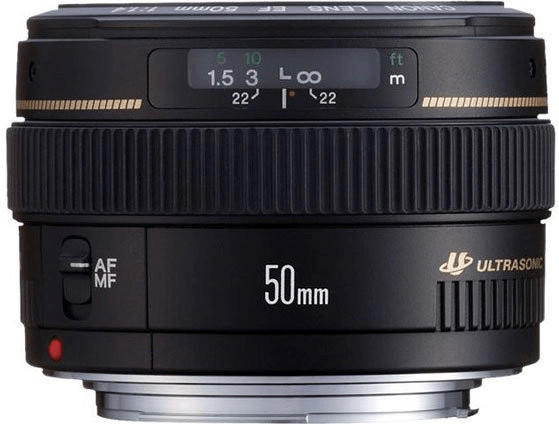
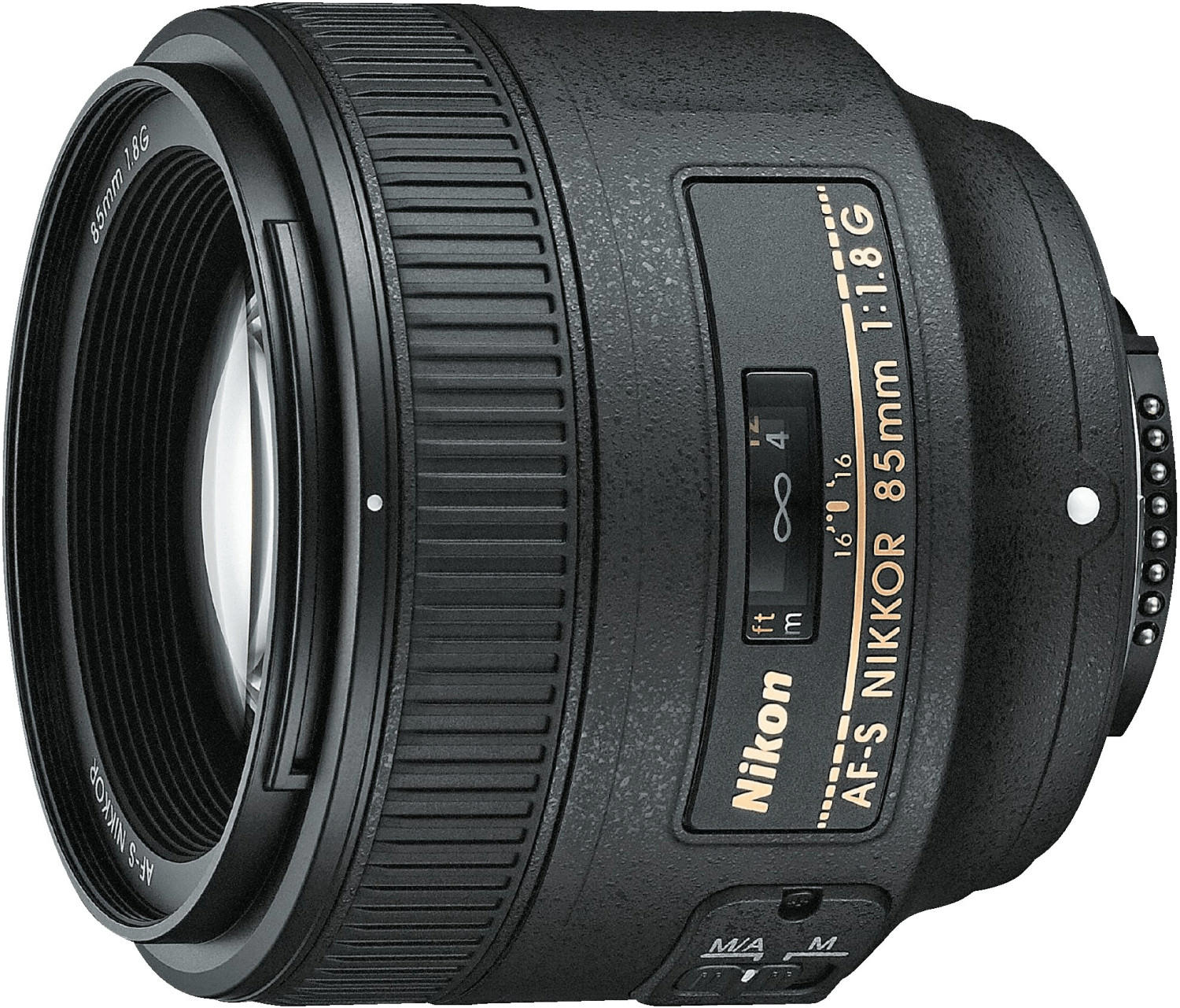
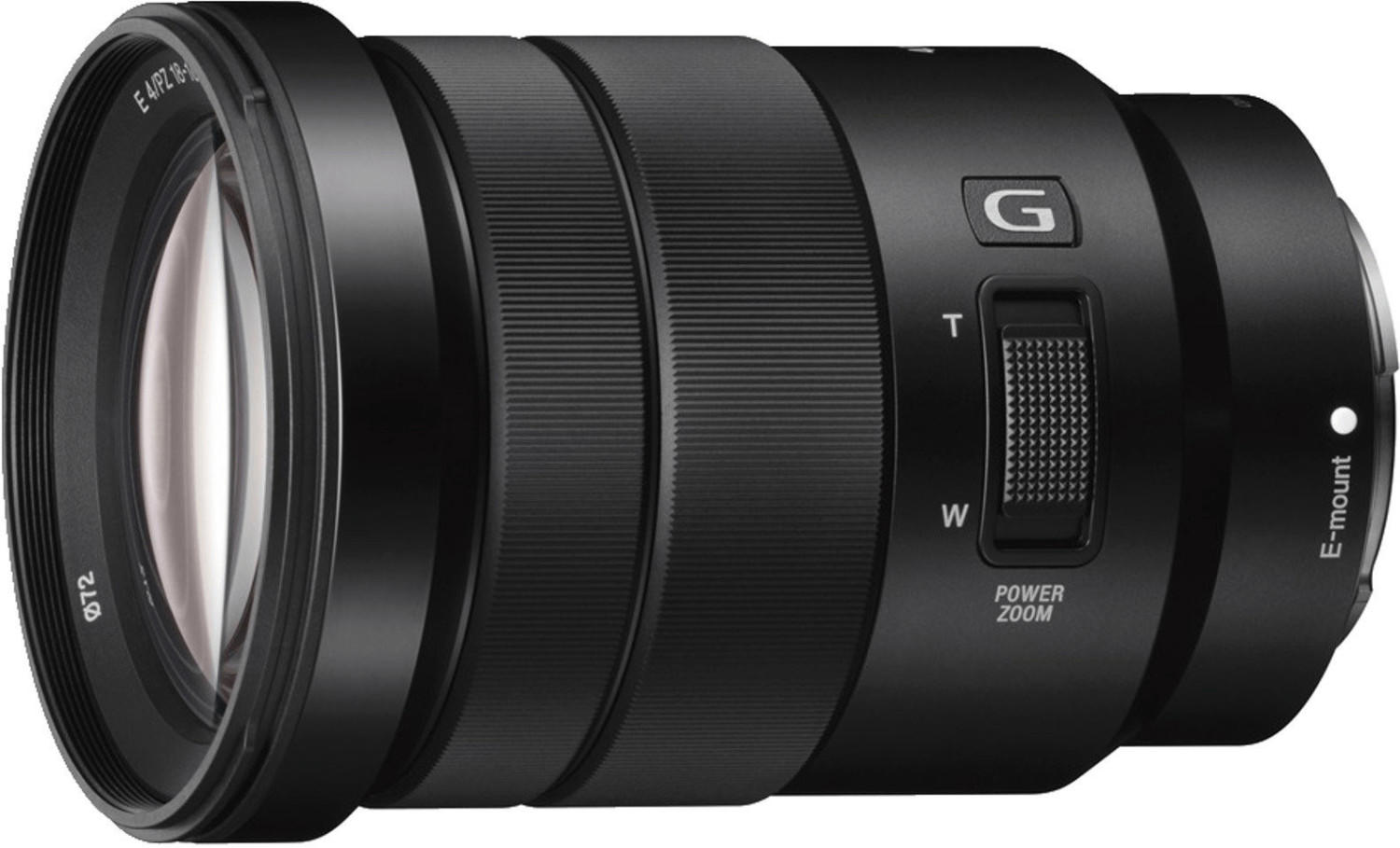
Focal length range
The focal length of a lens determines its field of view and zoom capabilities, making it crucial in capturing different types of photos. Prime lenses typically have a fixed focal length, while zoom lenses offer a range of focal lengths.
For beginners or those looking for an all-purpose lens, a zoom lens with a versatile focal length range is recommended. Canon EF 24-105mm f/4L IS II USM Lens in the premium segment and Sigma 18-250mm f/3.5-6.3 DC OS HSM Macro Lens in the mid-range segment are excellent options as they provide a wide-angle to telephoto range, allowing photographers to capture landscapes, portraits, and distant subjects all with a single lens. In the prime lens segment, the nifty fifty Canon EF 50mm f/1.8 STM Lens is highly popular for its ability to create beautiful portraits, thanks to its wide aperture and the popular 'golden' focal length for this genre.
Lens mount compatibility
One key factor to consider when choosing camera lenses is lens mount compatibility. The lens mount is what physically connects the lens to your camera body. Different camera manufacturers have their own lens mount systems, so it's important to ensure that the lenses you choose are compatible with your camera.
For example, if you have a Canon camera body with an EF mount, you would need to choose lenses that are specifically designed for EF mount cameras such as the Canon EF 50mm f/1.8 STM lens or the Canon EF-S 10-18mm f/4.5-5.6 IS STM lens. Similarly, if you have a Nikon camera with an F mount, you would opt for Nikon lenses like the Nikon AF-S DX NIKKOR 35mm f/1.8G lens or the Nikon AF-P DX NIKKOR 18-55mm f/3.5-5.6G lens.
It's worth noting that some third-party lens manufacturers like Sigma or Tamron also produce lenses with varying mount options, which can offer additional compatibility options for different camera brands. When evaluating lens mount compatibility, be sure to research and confirm that the lens you are considering will work with your camera model's specific lens mount.
Optical zoom
Optical zoom refers to the lens's ability to magnify a scene, which is done by physically adjusting the lens elements. This results in higher clarity and image quality, as there is no loss of resolution during the zooming process. There are different levels of optical zoom available in the market, ranging from 3x to 50x or more. For instance, the Nikon COOLPIX P1000 offers an impressive 125x optical zoom, allowing users to capture clear details even from a great distance. Another option to consider is the Canon PowerShot SX530 HS with a 50x optical zoom, suitable for capturing subjects both near and far without compromising on image quality.
Some camera lenses come in groups or segments, targeting specific use cases. For photographers looking for ultrazoom lenses, the Tamron 18-400mm f/3.5-6.3 Di II VC HLD is a notable choice, providing a versatile focal length range of 18-400mm and a 22.2x optical zoom. This lens accommodates a wide range of shooting situations, from landscapes to wildlife photography. Portrait photographers, on the other hand, may prefer lenses with fixed focal lengths and wider apertures, such as the Sony FE 85mm f/1.4 GM. While it lacks extended zoom capabilities, it excels at capturing stunning portraits with its wide aperture and shallow depth of field. Ultimately, the choice of optical zoom will depend on the individual's specific needs and shooting preferences.

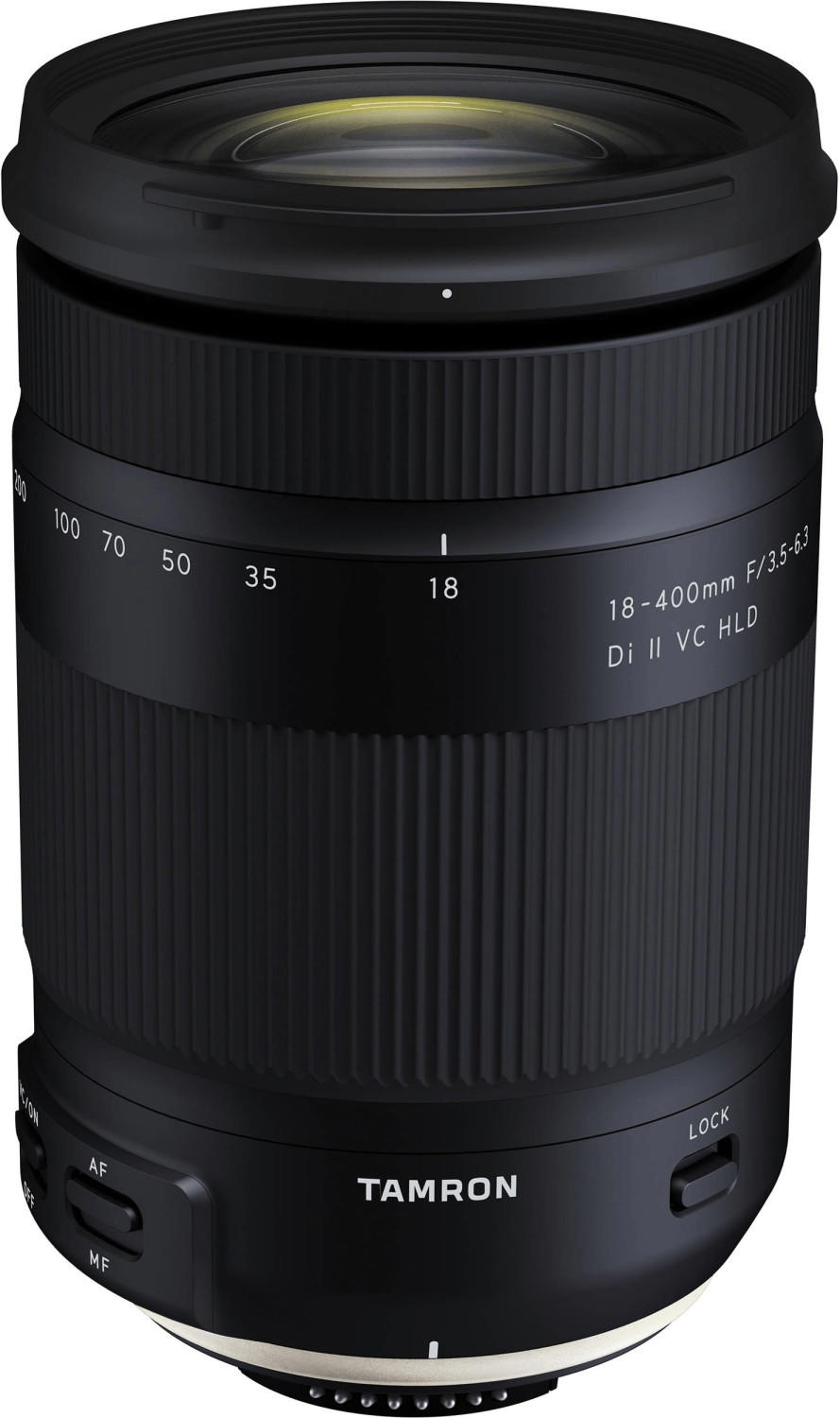
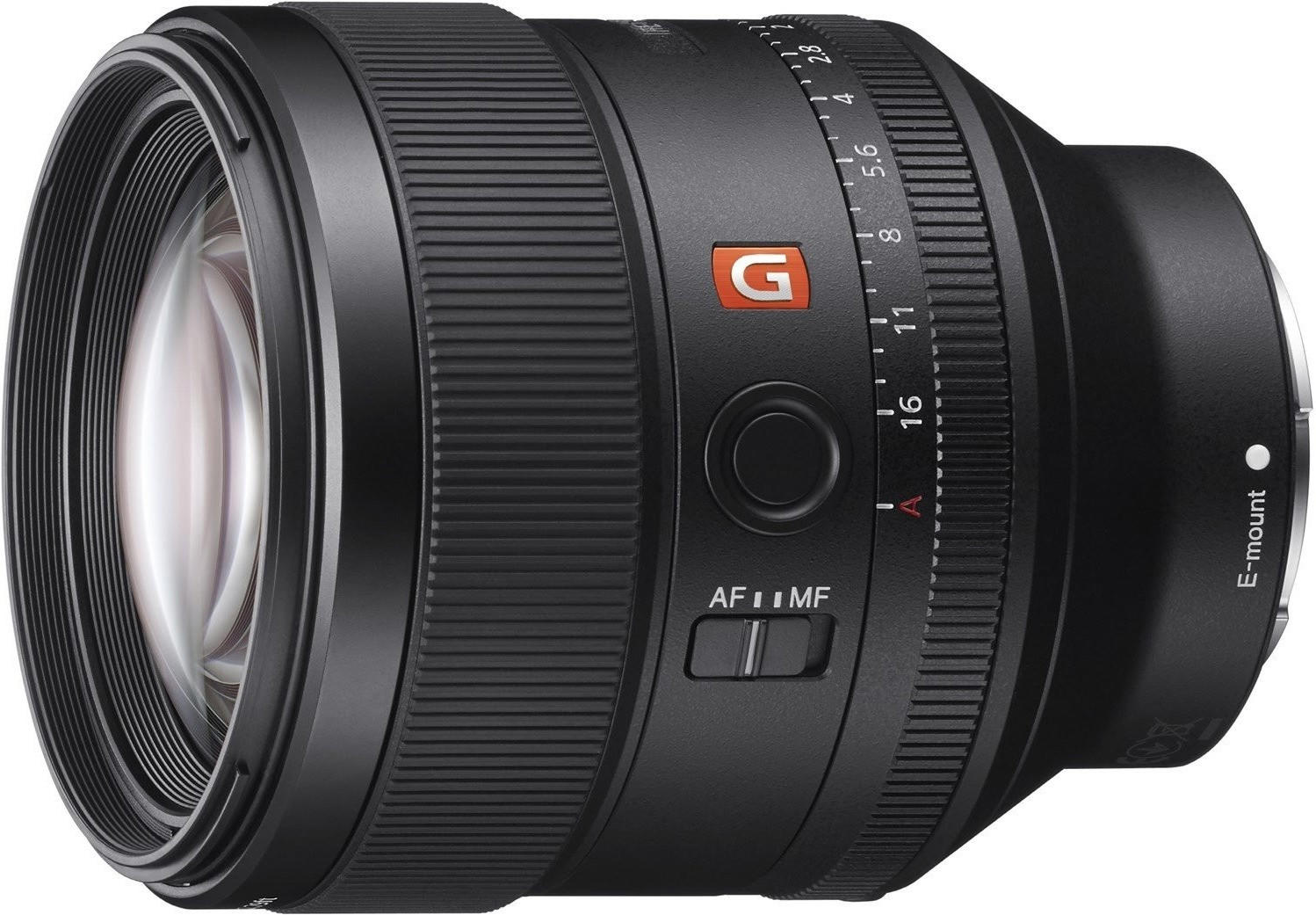
Image stabilization
Image stabilization technology helps reduce blur caused by camera shake when taking handheld shots or shooting in low-light conditions. One outstanding example is the Canon EF 24-105mm f/4L IS II USM Lens, which features a 4-stop image stabilizer, aiding in producing sharp and steady images even at longer focal lengths. Another top-notch option is the Sony FE 24-70mm f/2.8 GM Lens, which employs Sony's advanced optical image stabilization system to deliver clear, vibration-free footage.
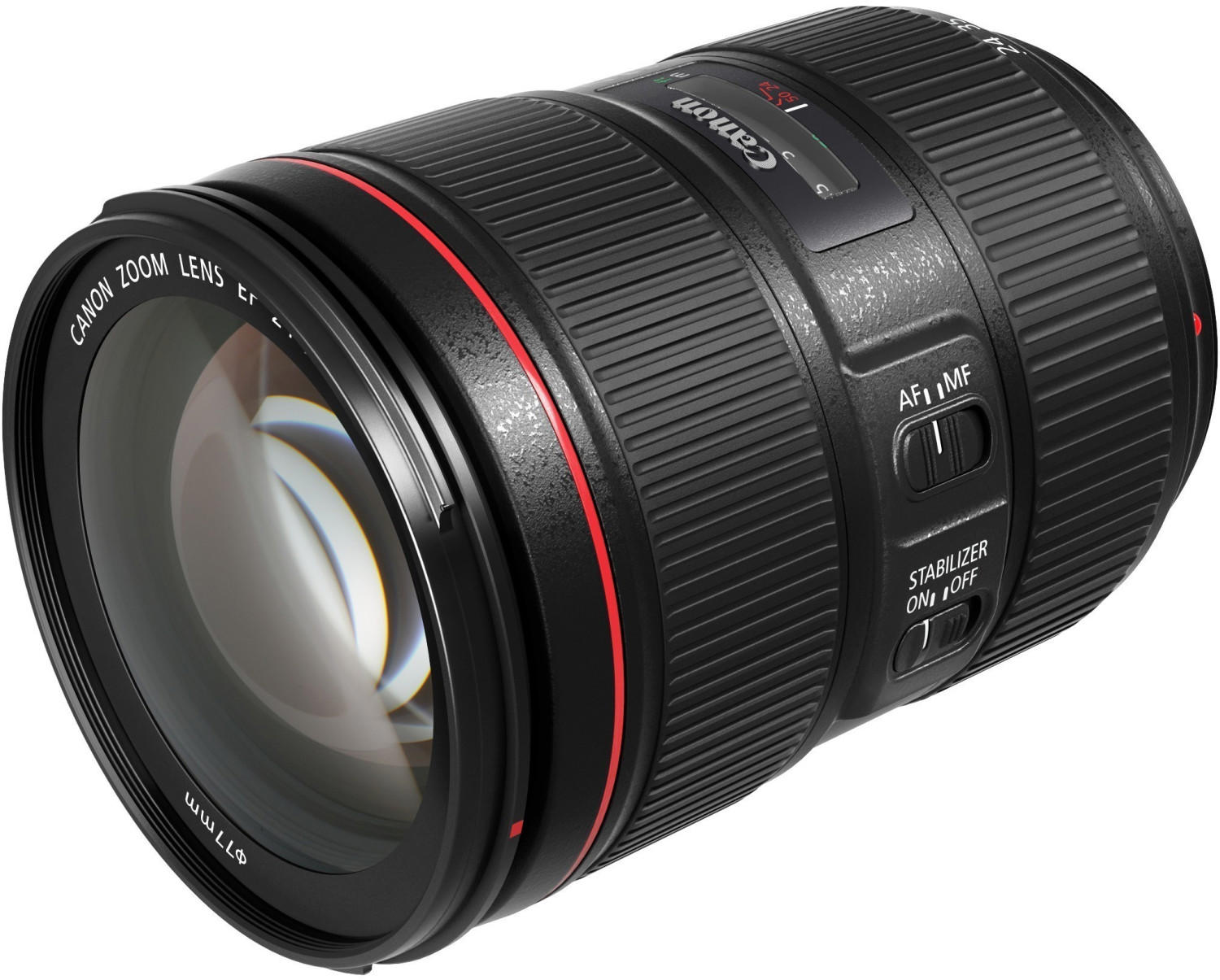

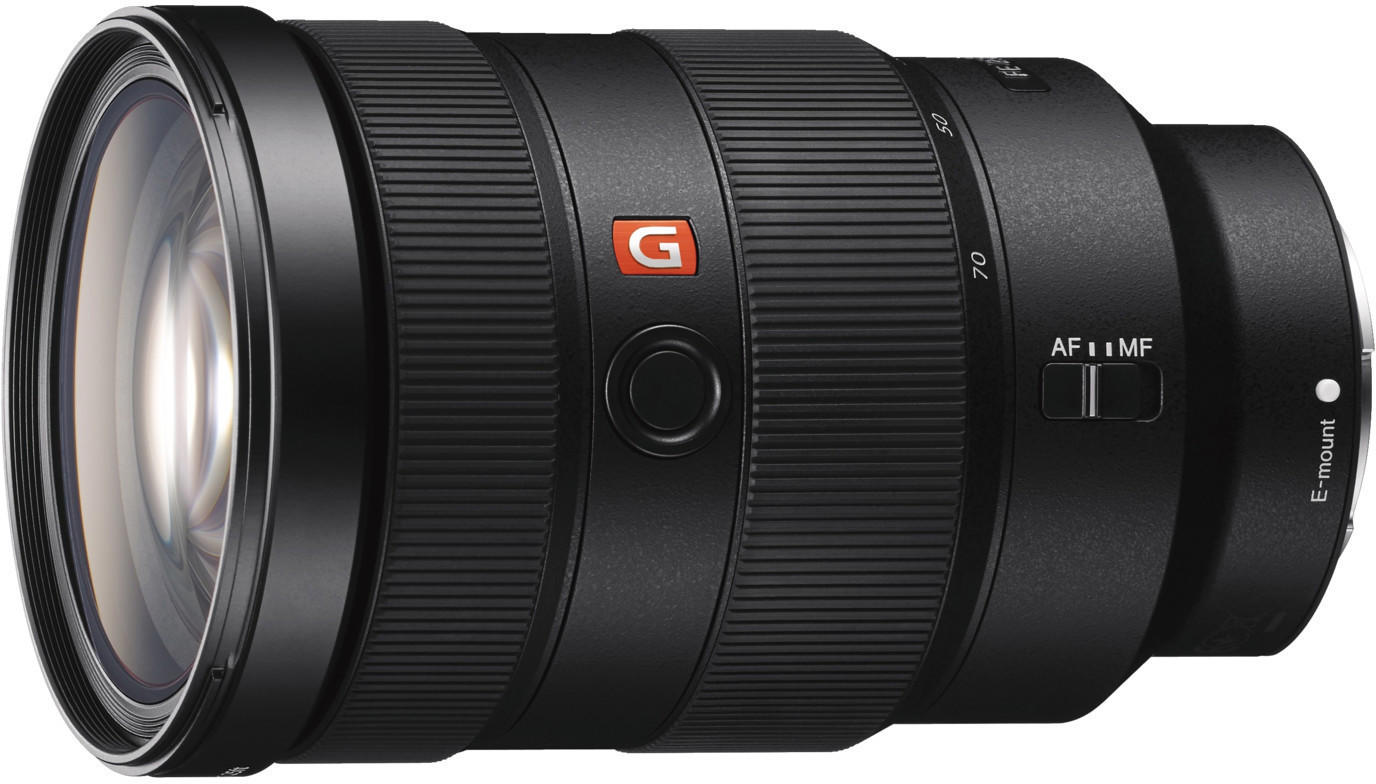

Autofocus speed and accuracy
This feature determines how quickly and accurately the lens can focus on a subject. For fast-paced action photography or sport events, a lens with speedy autofocus capabilities is essential to capture those decisive moments. One example of such a lens is the Canon EF 70-200mm f/2.8L USM. With its ring-type ultrasonic motor (USM) and internal focusing system, this lens can quickly and quietly autofocus, ensuring that you never miss an important shot.
On the other hand, photographers who specialize in portrait or landscape photography require lenses with precise autofocus accuracy. These lenses have a slow and deliberate focusing mechanism that can be fine-tuned, resulting in crisp and clear images. For instance, the Nikon AF-S NIKKOR 85mm f/1.4G is known for its exceptional autofocus accuracy. Its Silent Wave Motor (SWM) allows for smooth and precise focusing, even in low-light conditions.


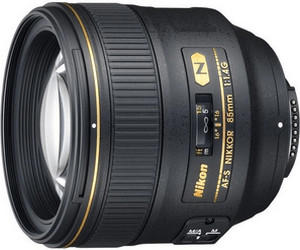

It is important to note that some lenses offer different autofocus modes like continuous and single autofocus, catering to various shooting scenarios. Additionally, technology advancements like the Canon Dual Pixel CMOS AF or Nikon's Vibration Reduction (VR) all contribute to improving autofocus speed and accuracy.
Lens construction and materials
The construction of the lens refers to how the lens is made internally and the type of materials used. Prime lenses typically have a simpler construction with fewer elements, resulting in sharper image quality. For example, the Canon EF 50mm f/1.8 STM lens is known for its lightweight and compact design, consisting of six elements in five groups. On the other hand, zoom lenses have a more complex construction with multiple elements and groups. One such example is the Nikon AF-S Nikkor 24-70mm f/2.8E ED VR lens, which includes twenty elements in sixteen groups. This construction allows for versatile focal lengths and better image stabilization. Additionally, some lenses incorporate specialized materials such as Extra-low Dispersion (ED) glass elements or aspherical elements to minimize aberrations and improve image quality.
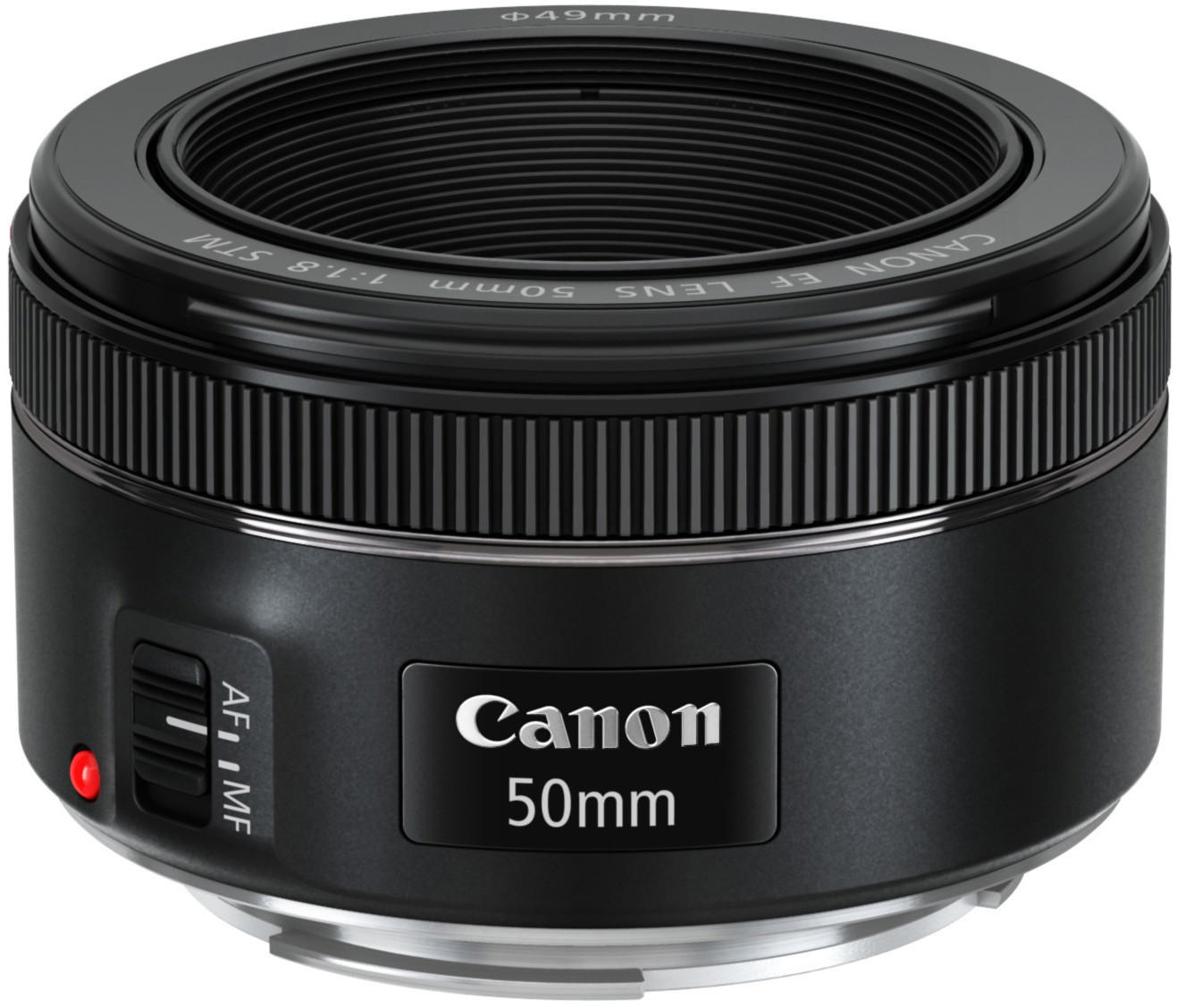
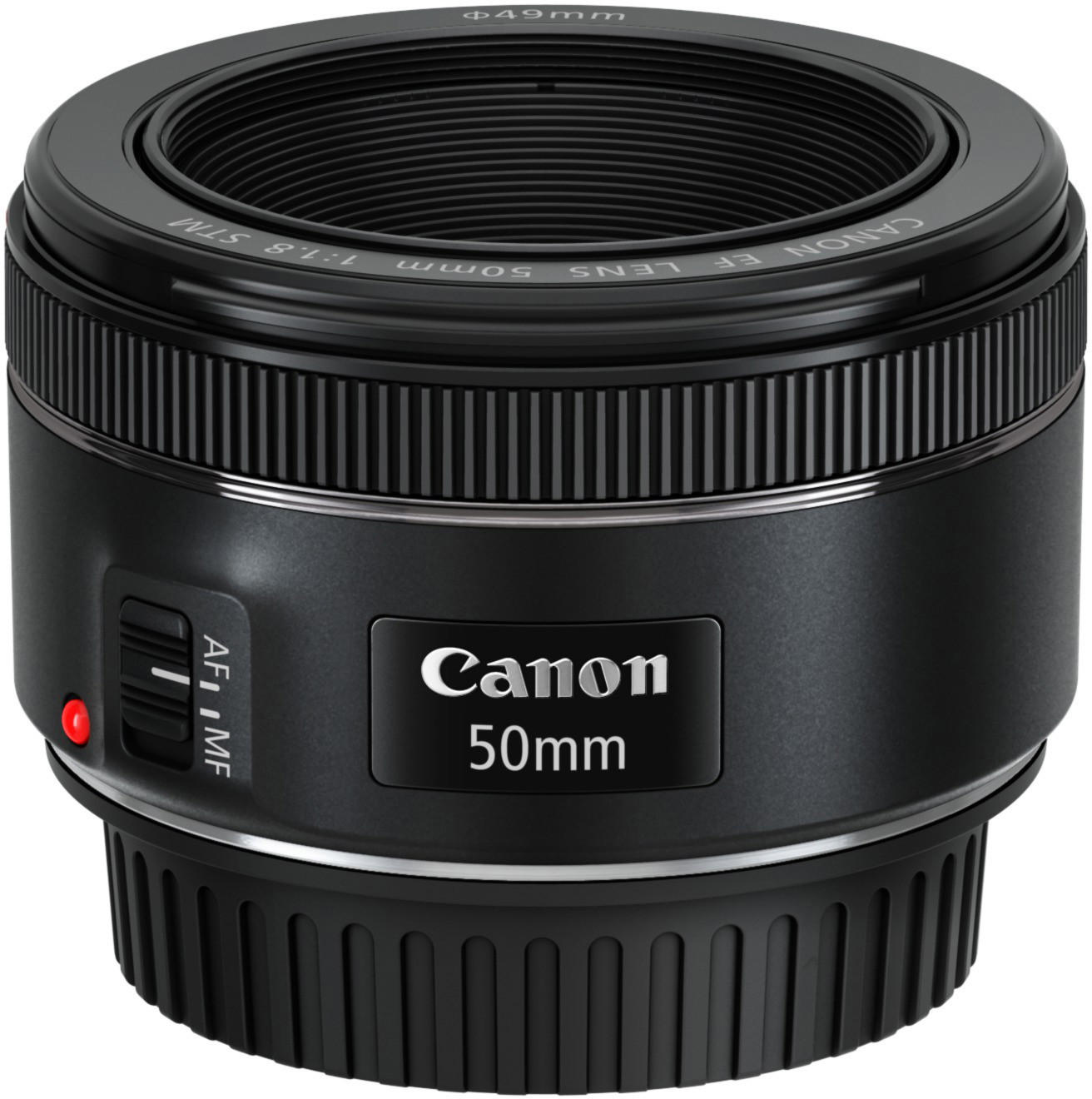
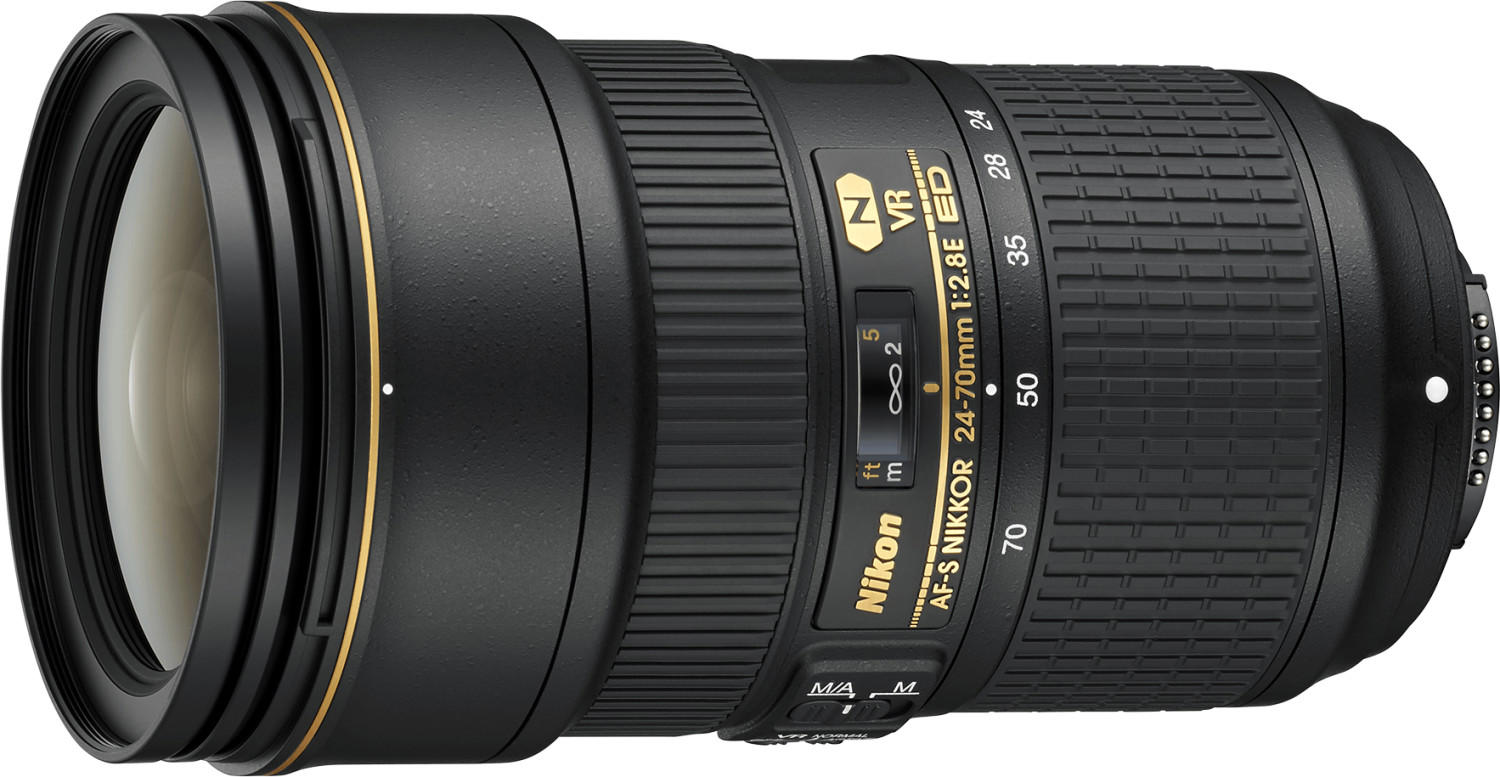
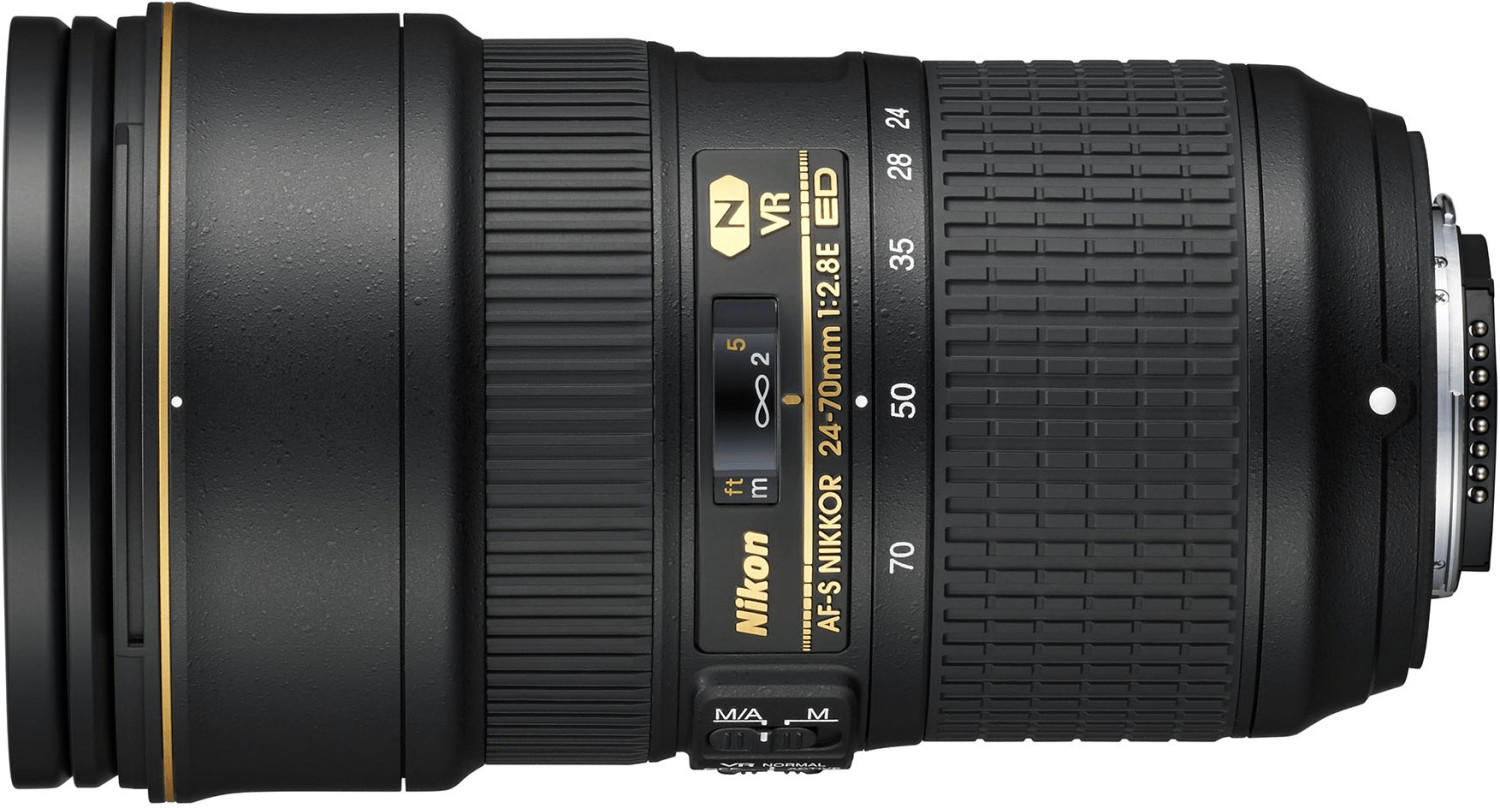
Lens element/coating quality
This refers to the materials used in the construction of the lens elements, as well as the coatings applied to the lens surfaces. High-quality lens elements can minimize aberrations and distortions, resulting in sharper and clearer images. Look for lenses with low-dispersion glass elements, such as the Canon EF 70-200mm f/2.8L IS III USM Lens or the Nikon AF-S NIKKOR 24-70mm f/2.8E ED VR Lens. These lenses use special glass elements that reduce chromatic aberrations, resulting in improved color accuracy and image quality. Additionally, lenses with advanced coating technologies like Nano Crystal Coat (as found in the Nikon AF-S NIKKOR 70-200mm f/2.8E FL ED VR Lens) or Air Sphere Coating (implemented in the Canon EF 24-70mm f/2.8L II USM Lens) help to minimize lens flare and ghosting, leading to better contrast and image sharpness in challenging lighting conditions.


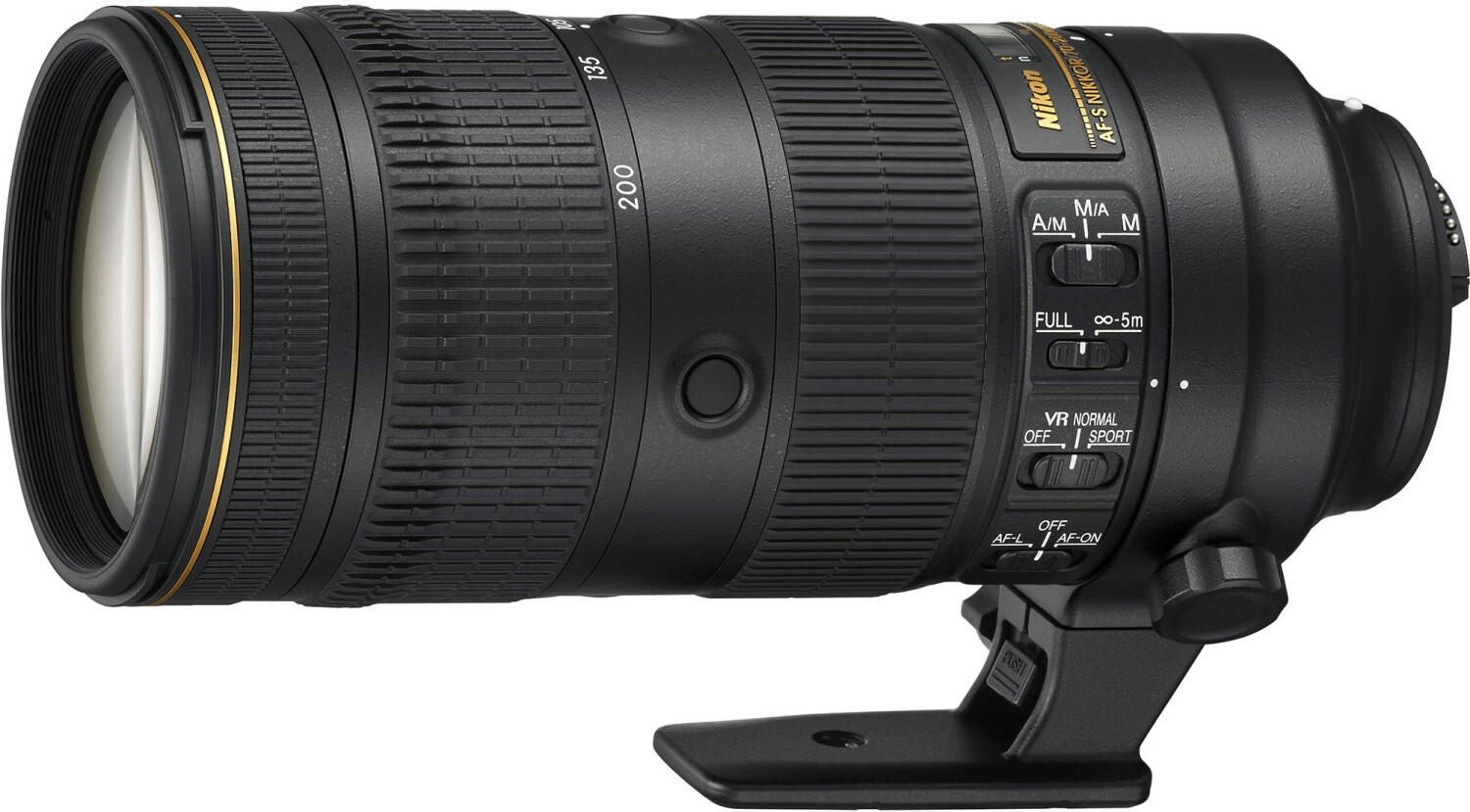
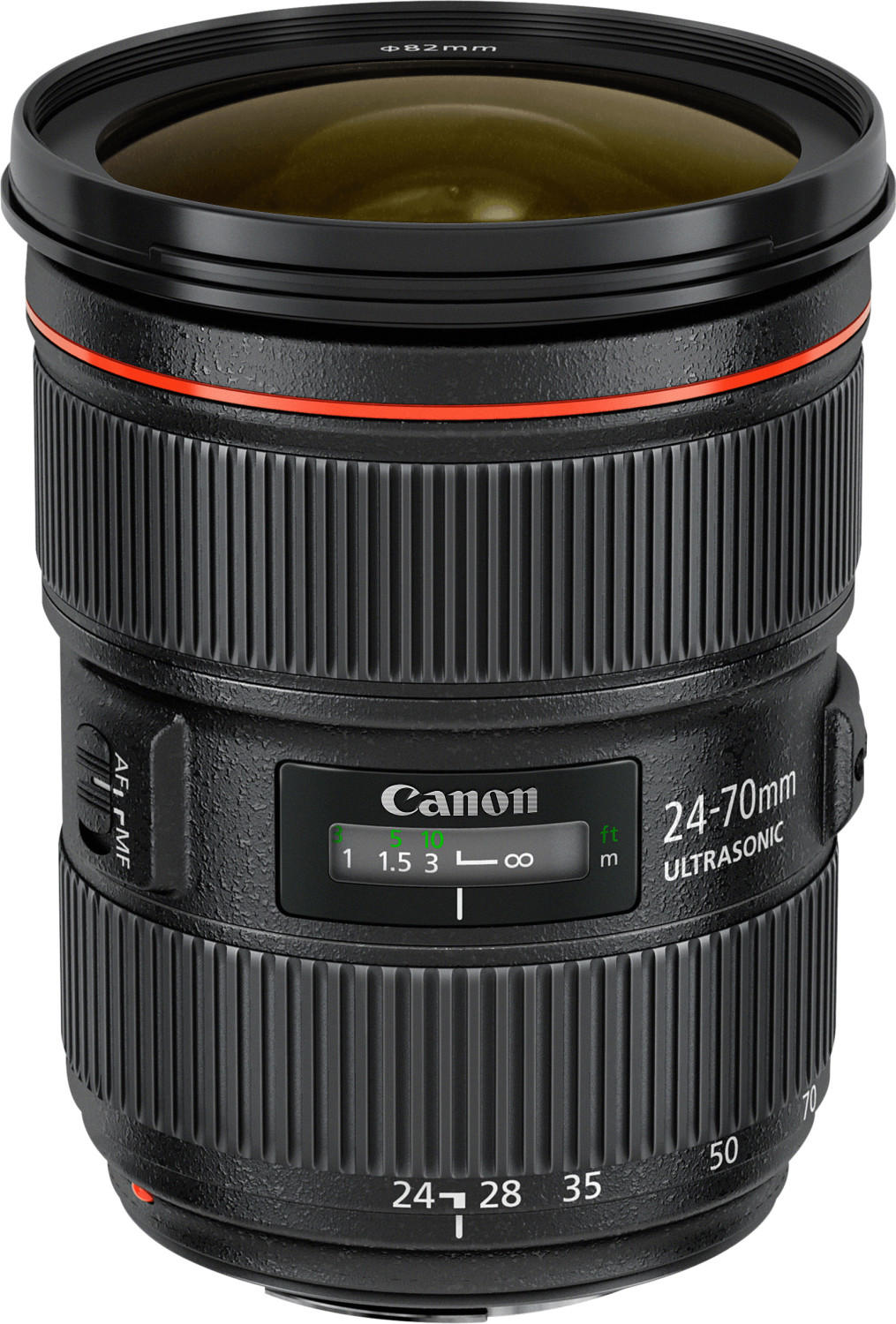
Filter size
The filter size determines the diameter of the front thread of the lens, allowing you to attach various filters for different effects. A larger filter size generally means better image quality and less vignetting. Additionally, a larger filter size allows for more flexibility in attaching different filters without needing step-up or step-down rings. Some popular lenses that offer different filter sizes include the Canon EF 50mm f/1.8 STM Lens with a filter size of 49mm, the Sigma 18-35mm f/1.8 Art Lens with a filter size of 72mm, and the Nikon AF-S NIKKOR 70-200mm f/2.8E FL ED VR Lens with a filter size of 77mm. For photographers looking for a lens with a smaller filter size, the Sony FE 85mm f/1.8 Lens with a filter size of 67mm is an excellent choice.



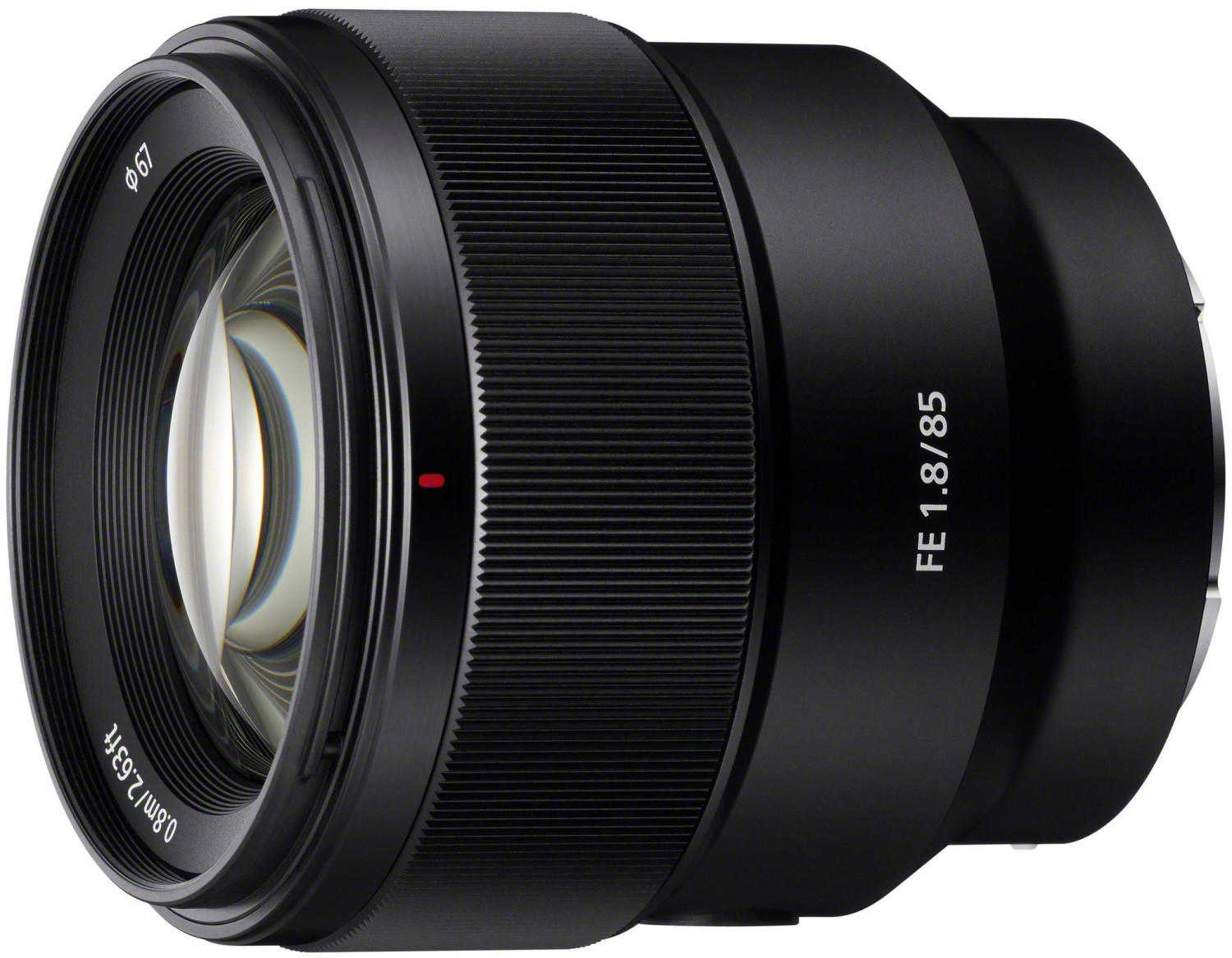
Lens size and weight
Depending on the type of photography or videography you are engaged in, the compactness and portability of a lens can greatly impact comfort and convenience during shooting. For those who prioritize lightweight and compact lenses, there are options available that offer optimal performance without sacrificing size and weight. For example, the Sony FE 35mm f/2.8 ZA is a prime lens with a focal length of 35mm and a maximum aperture of f/2.8. It weighs just 120g, making it incredibly lightweight and compact. Additionally, for those in need of flexibility and versatility, the Tamron 18-200mm f/3.5-6.3 Di III VC is a zoom lens that offers a wide focal range from 18mm to 200mm. It weighs only 470g, making it a portable option suitable for various shooting environments. These lenses are popular choices among photographers and videographers due to their lightweight and compact design.

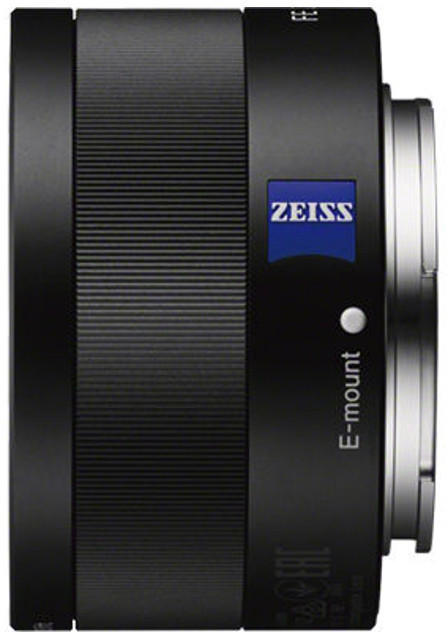

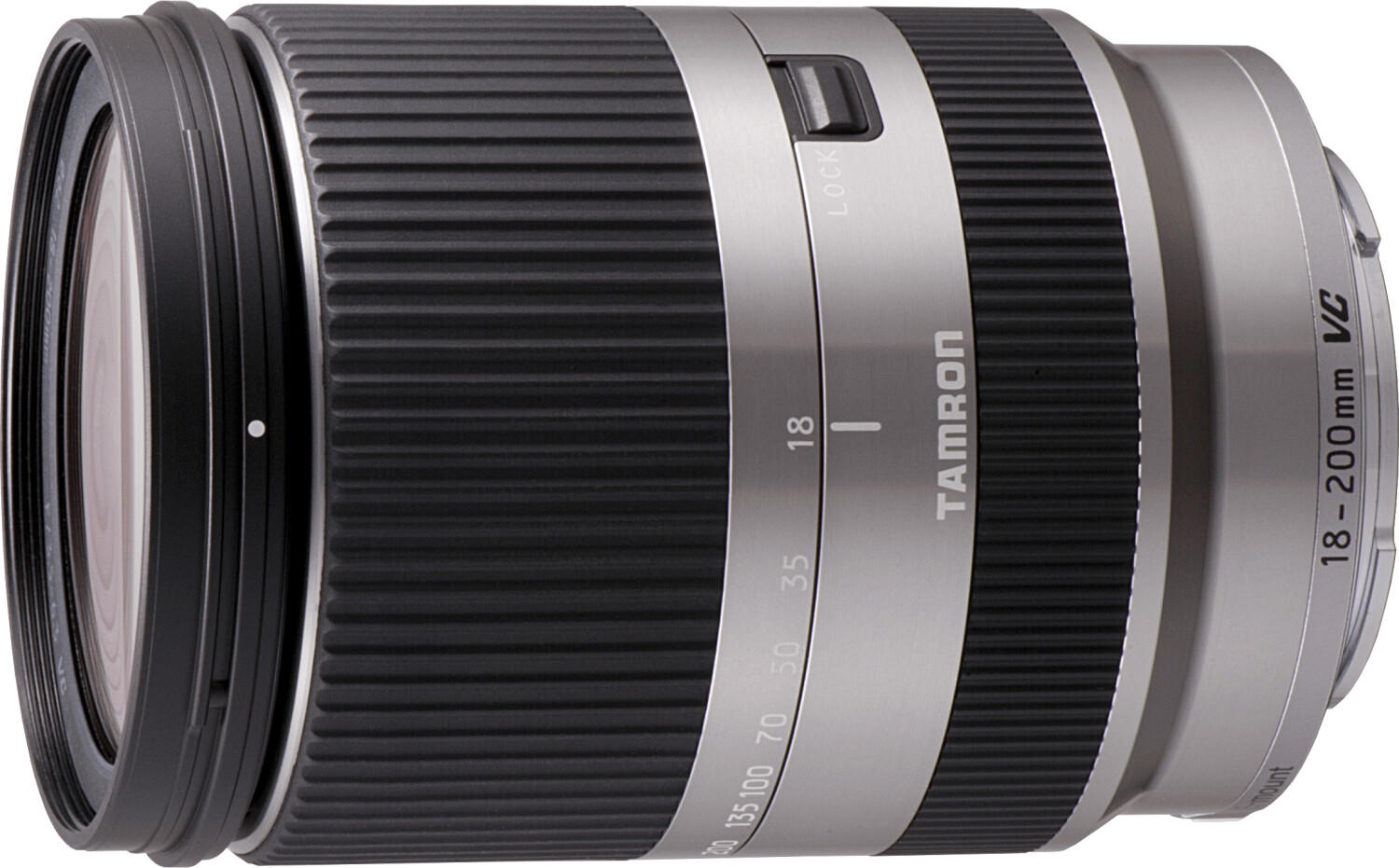
Maximum magnification ratio
It refers to the amount of detail and close-up focus a lens can achieve. A high maximum magnification ratio allows you to capture intricate details of small subjects such as flowers, insects, or jewelry. One lens that excels in this category is the Canon RF 50mm f/1.2L USM. With a maximum magnification ratio of 0.19x, this lens delivers superb close-up capabilities, making it ideal for macro photography. Another option is the Nikon AF-S FX Micro-NIKKOR 105mm f/2.8G IF-ED, which offers a maximum magnification ratio of 1.0x, extremely useful for capturing extraordinary levels of detail in tiny subjects.
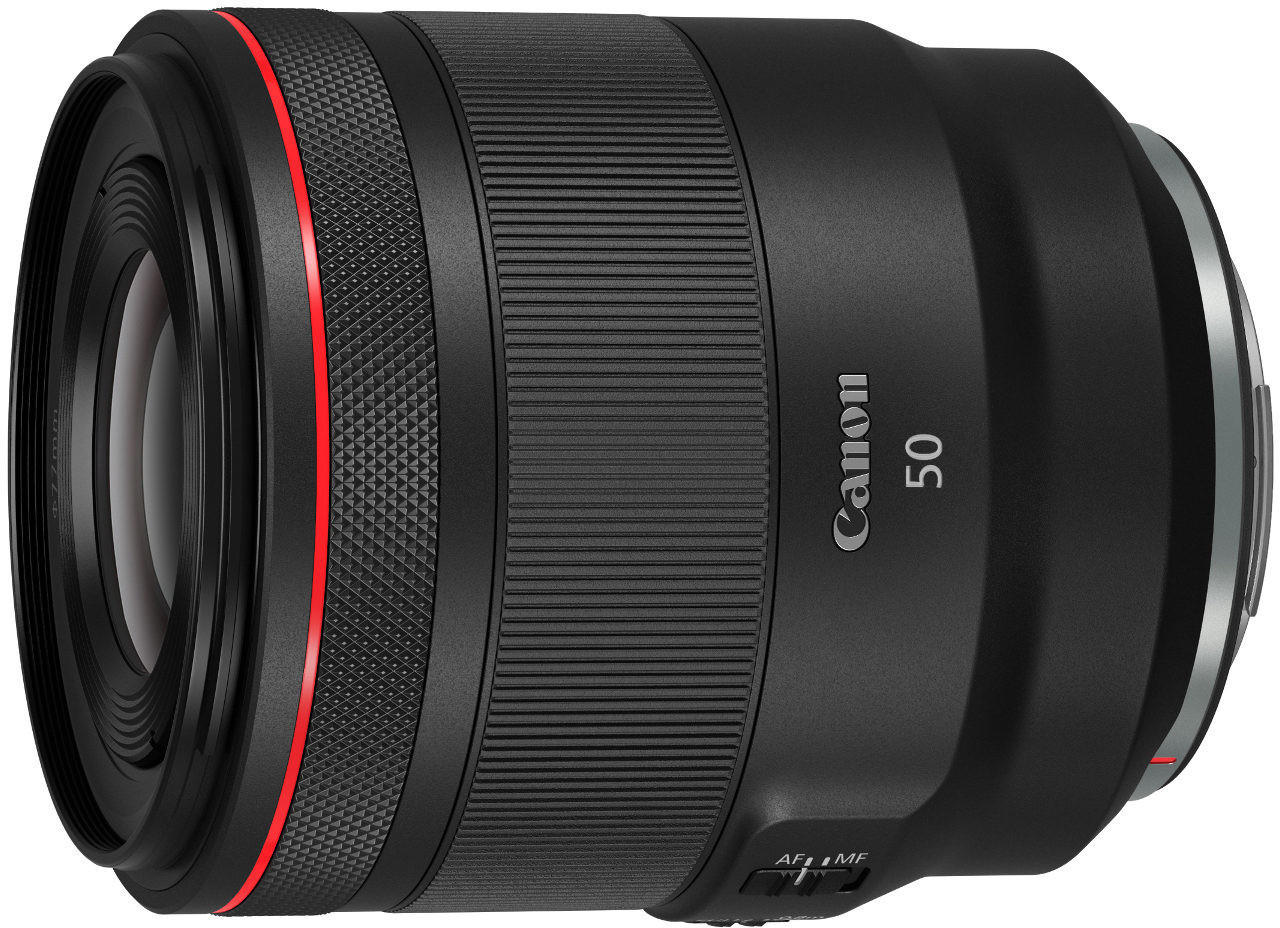
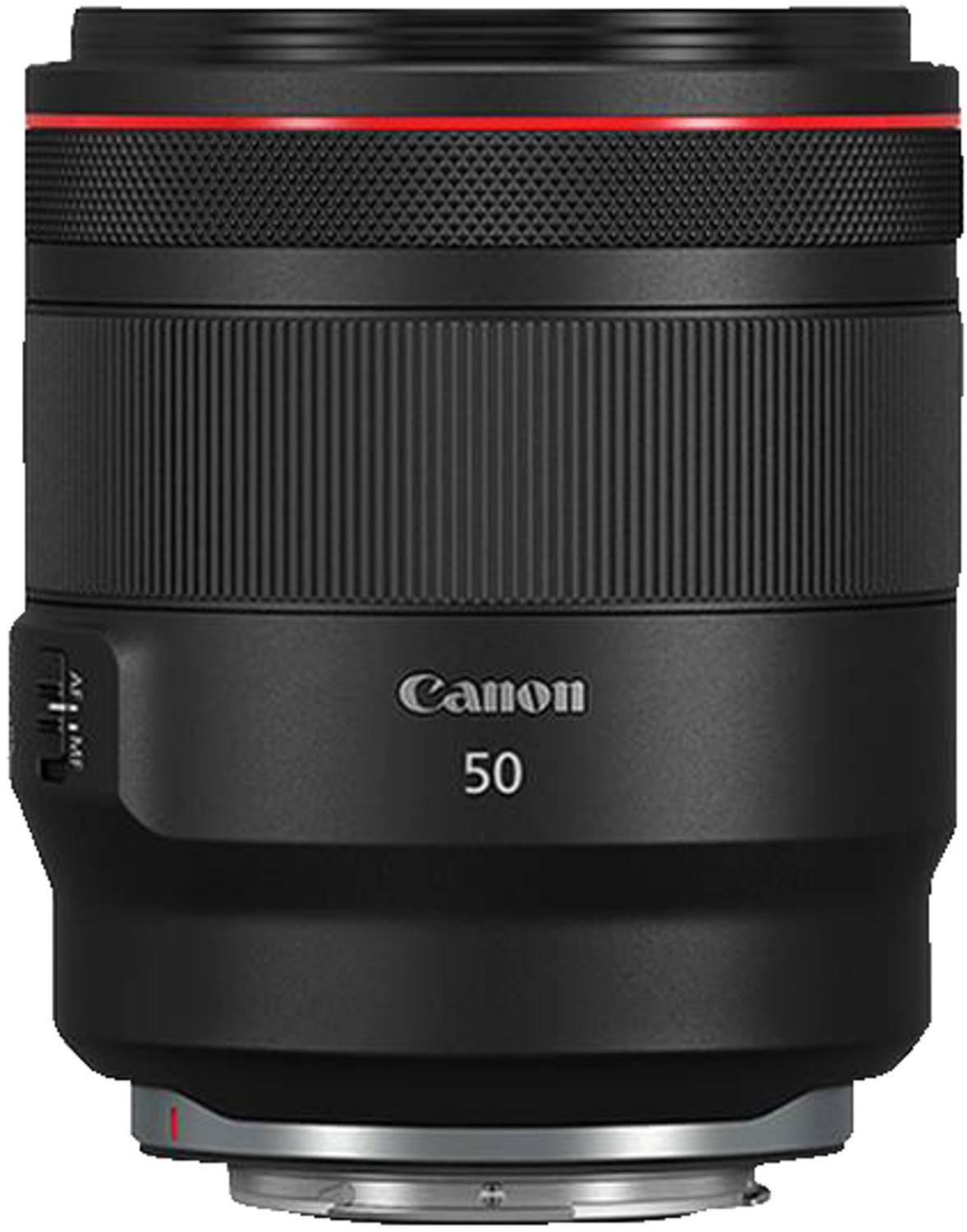
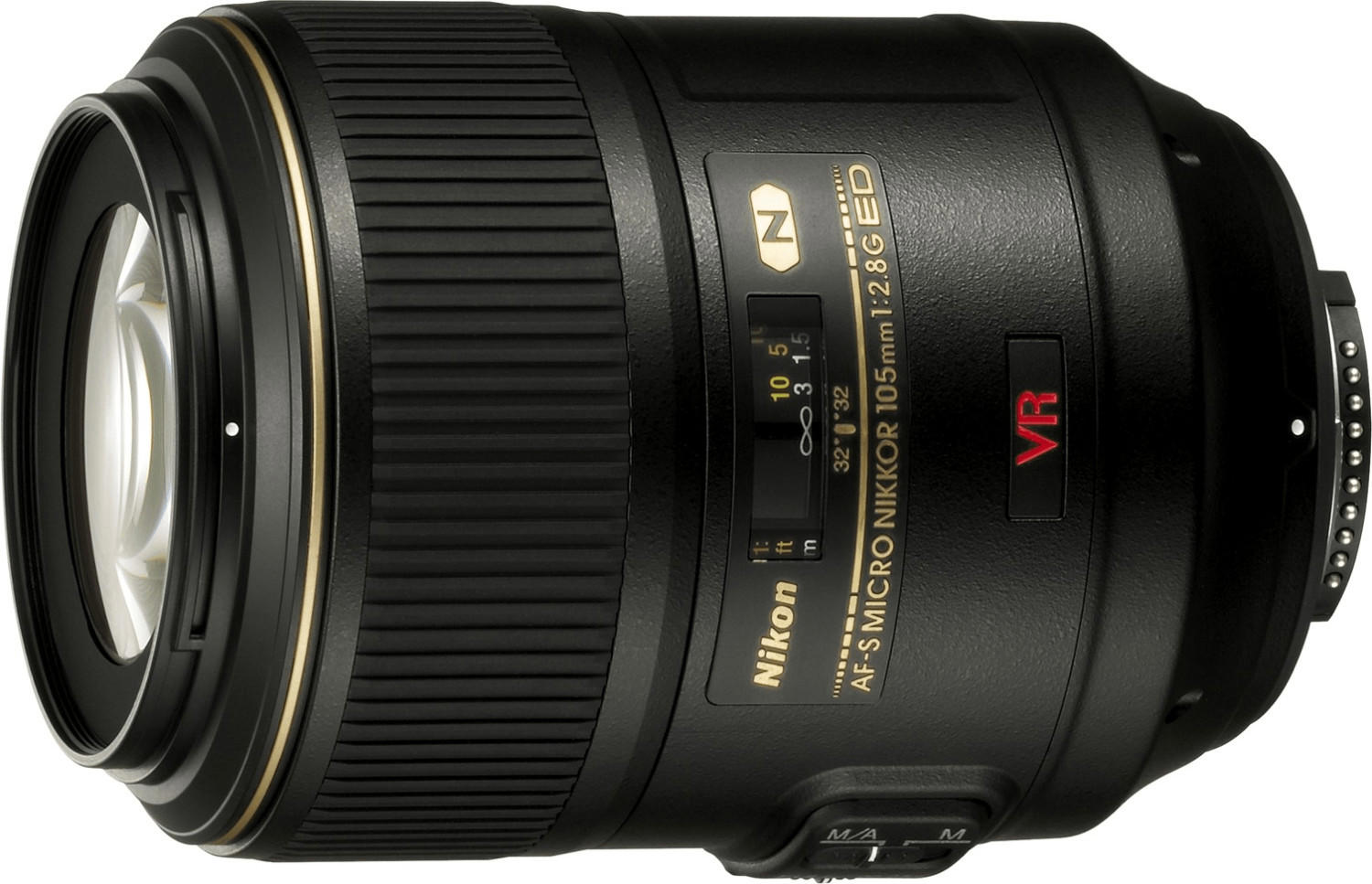

Lens distortion control
Lens distortion refers to the displacement of straight lines and shapes towards the edges of an image, causing them to appear curved or bent. To ensure accurate and distortion-free images, look for lenses with advanced distortion control mechanisms. One example of a lens with exceptional distortion control is the Nikon AF-S NIKKOR 14-24mm f/2.8G ED wide-angle zoom lens. This lens features Extra-low Dispersion (ED) glass elements and Nikon's proprietary lens coatings, which effectively minimize distortion, chromatic aberration, and flare. Additionally, the Canon EF-S 24mm f/2.8 STM lens is another great option, known for its excellent distortion control capability.
Most camera lenses can be grouped into three categories based on their distortion control capabilities:
- Prime Lenses: Prime lenses have a fixed focal length and typically offer superior distortion control compared to zoom lenses. Great options in this category include the aforementioned Canon EF-S 24mm f/2.8 STM lens and the Sony FE 24mm f/1.4 GM prime lens.
- Wide-angle Zoom Lenses: These lenses are perfect for landscape and architectural photography. The Nikon AF-S NIKKOR 14-24mm f/2.8G ED is a remarkable choice in this segment, additionally offering a versatile zoom range.
- Telephoto Lenses: Although telephoto lenses are generally more prone to distortion, several options exist that excel in distortion control. The Canon EF 70-200mm f/2.8L IS III USM telephoto lens, for instance, utilizes multiple aspherical and UD lens elements to minimize distortion and deliver incredibly sharp and accurate images.
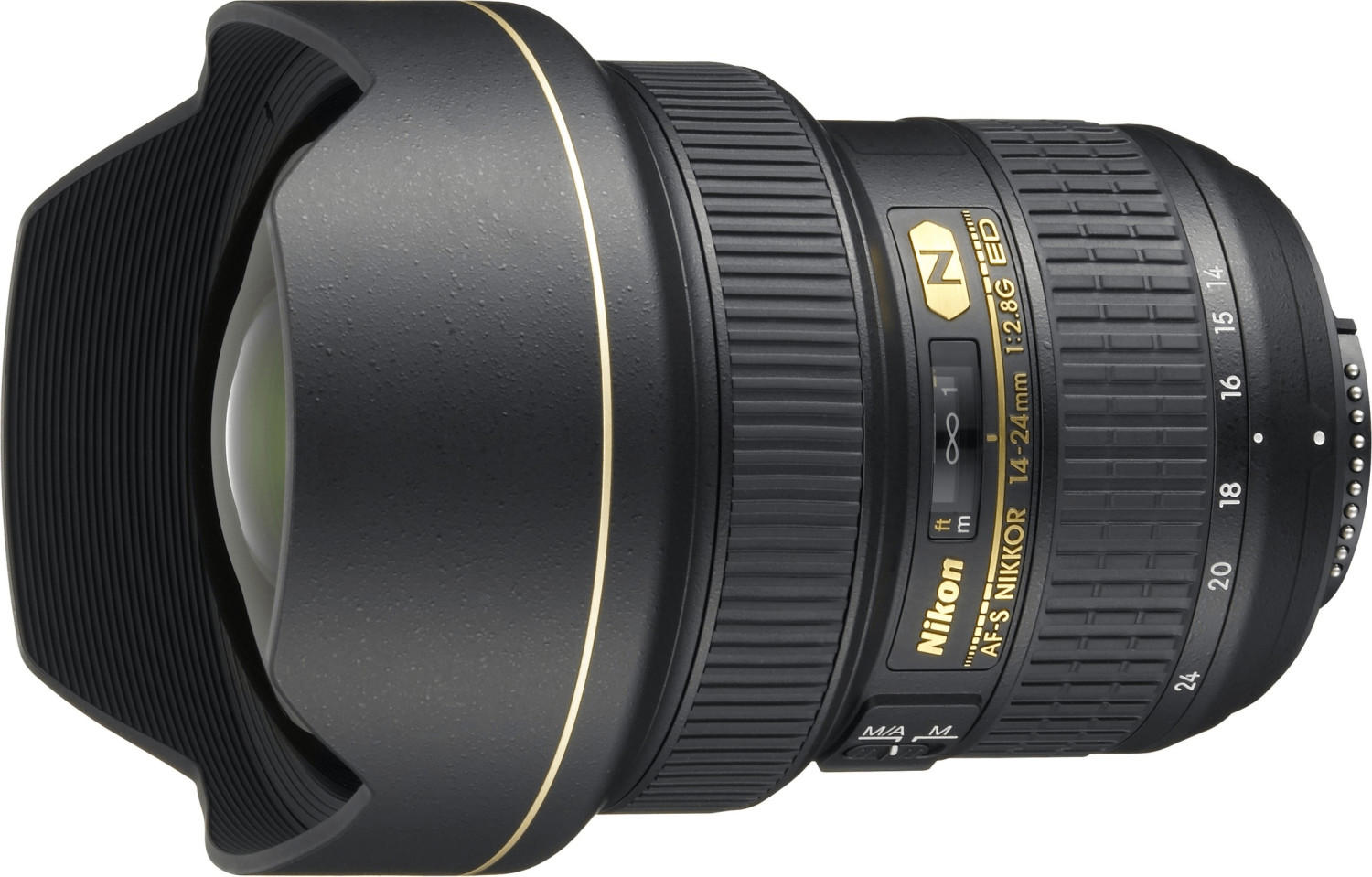
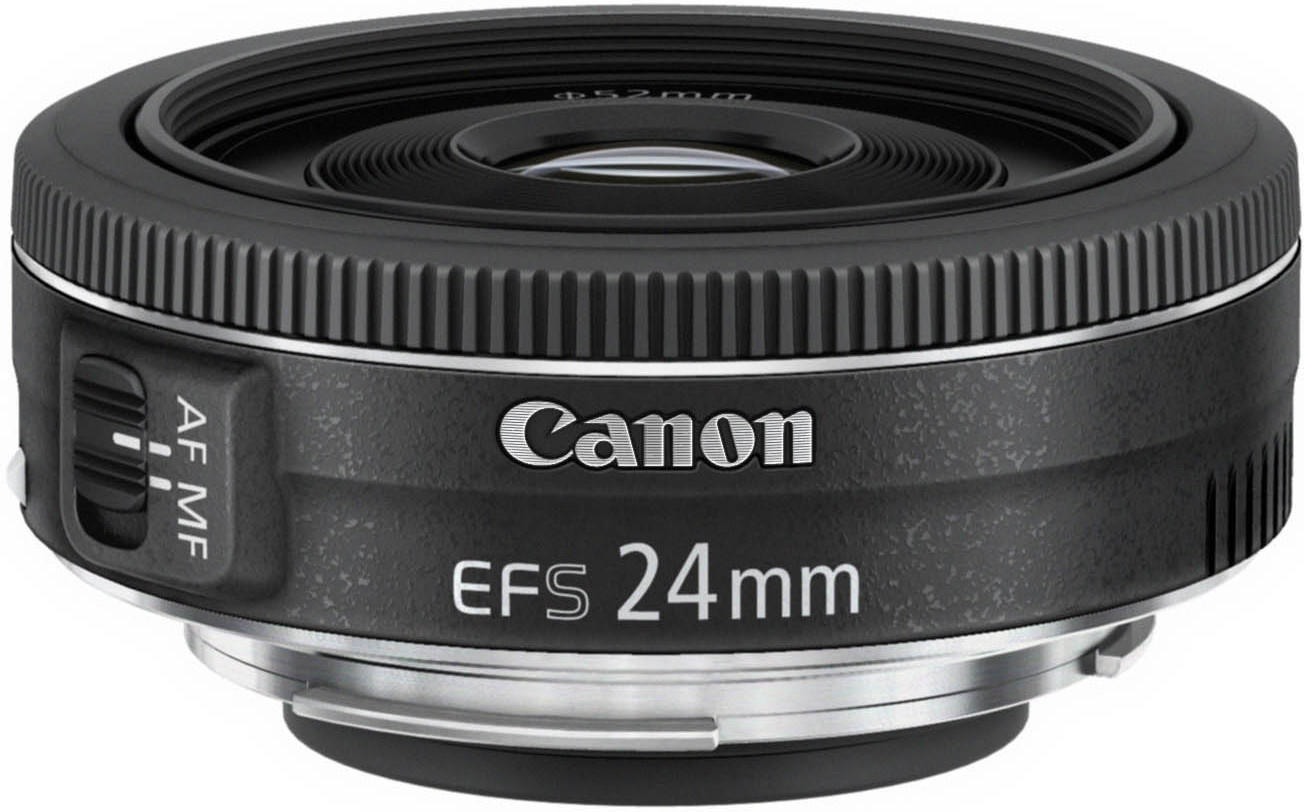
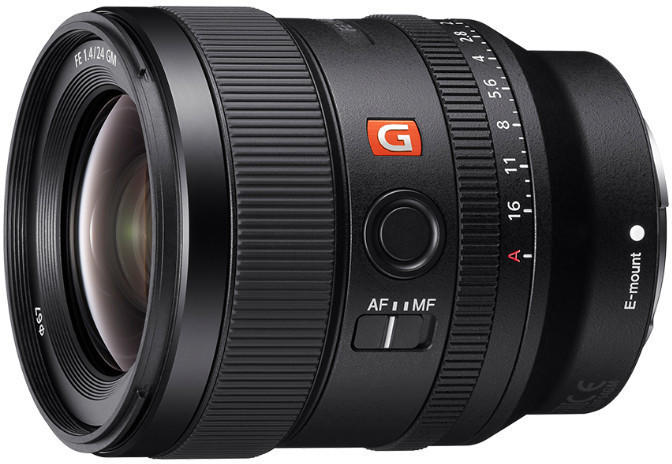
Lens compression abilities
Lens compression refers to the ability of a lens to make distant objects appear closer to the foreground and compress the perceived depth of a scene. This effect can be particularly useful in various photography genres, such as wildlife or landscape photography, where the emphasis is on capturing the grandeur of the subject. To achieve this effect, one can consider lenses with longer focal lengths. For example, the Nikon AF-S NIKKOR 70-200mm f/2.8E FL ED VR lens is renowned for its impressive zoom capabilities, allowing photographers to bring distant subjects closer while maintaining exceptional image quality. Another option is the Canon EF 100-400mm f/4.5-5.6L IS II USM lens, which offers a versatile range for capturing wildlife and sports photography with superb clarity and compression abilities. Both lenses are highly regarded in their respective camera brands and are excellent choices for photographers seeking powerful compression capabilities.
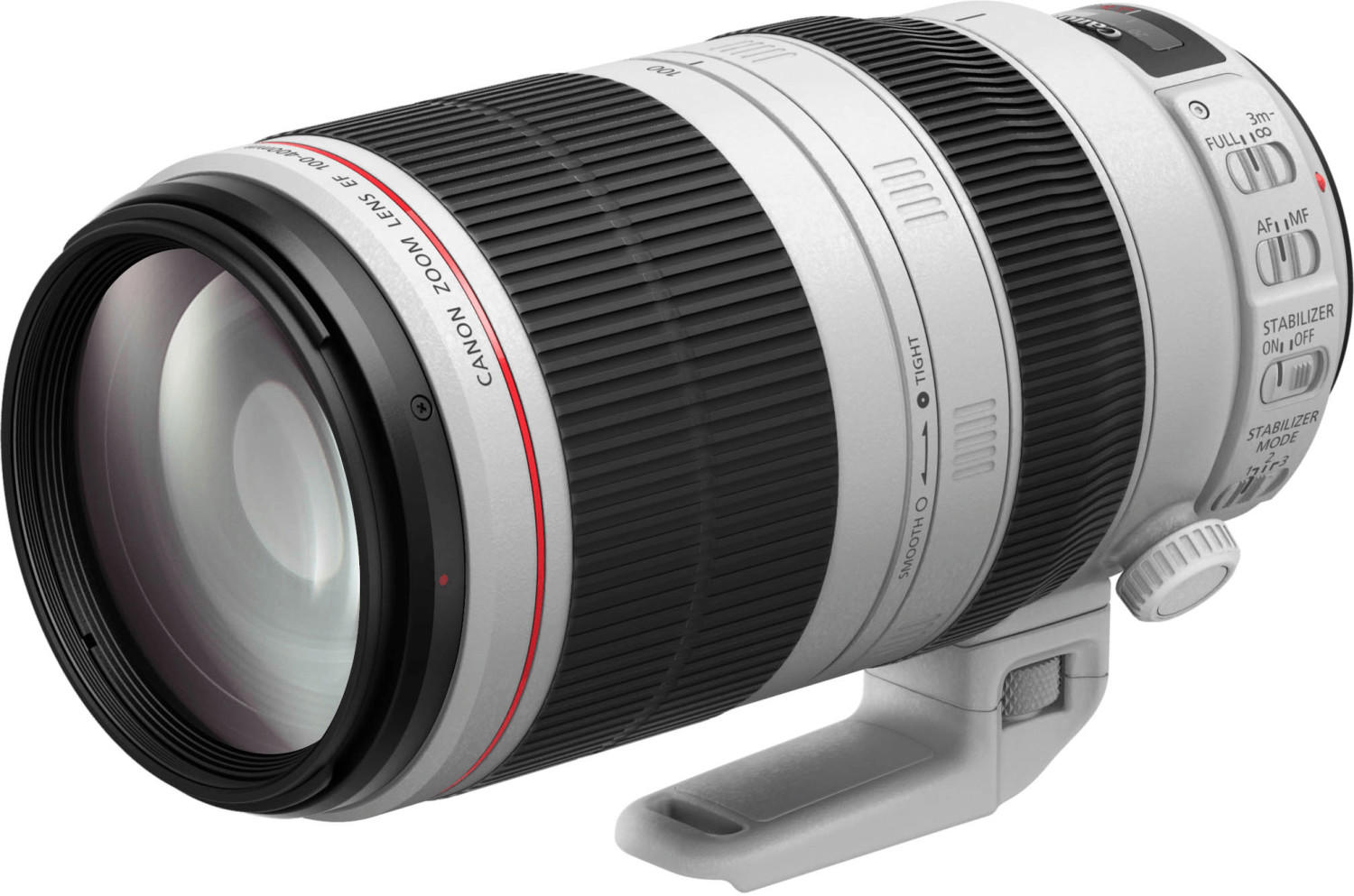
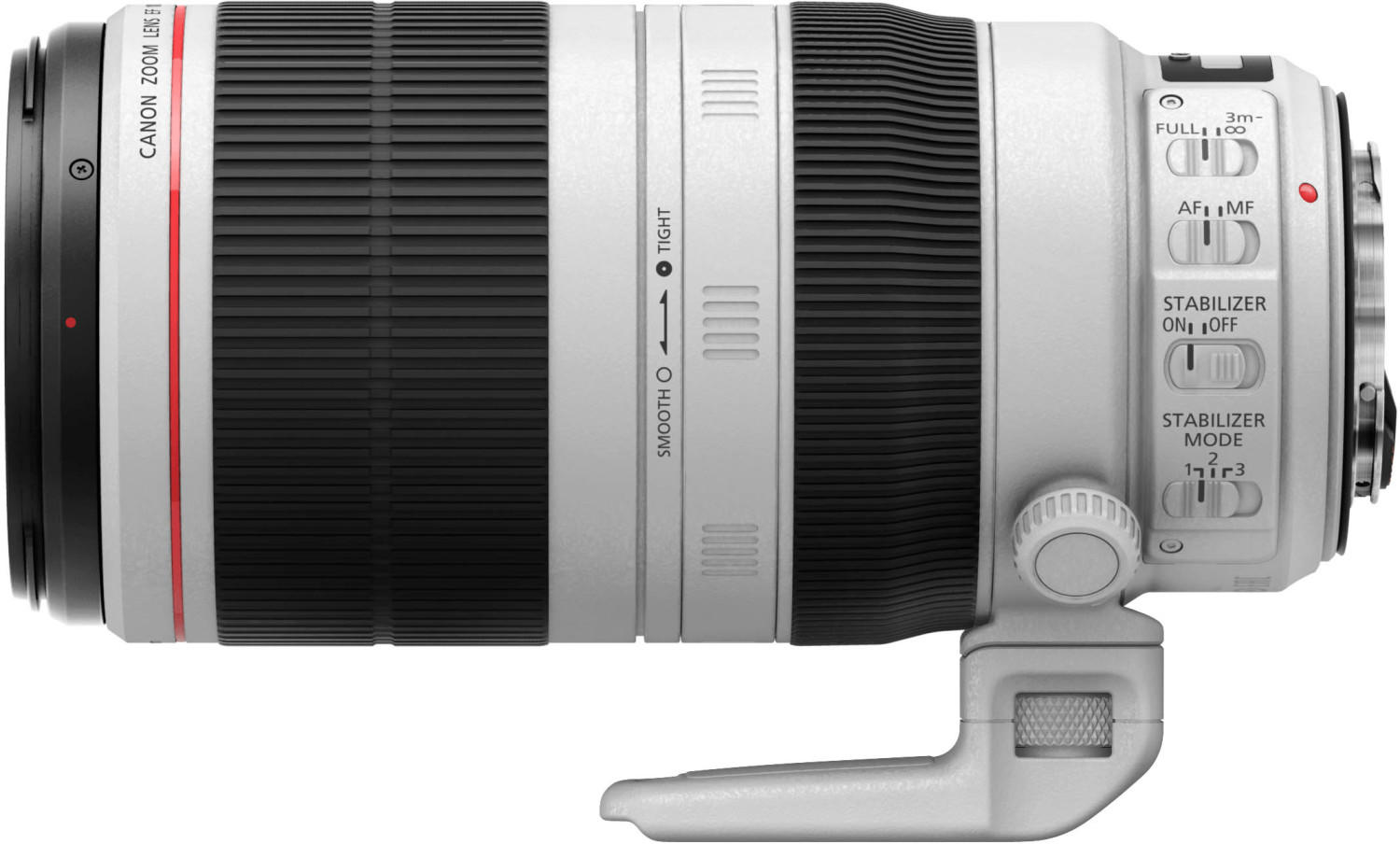
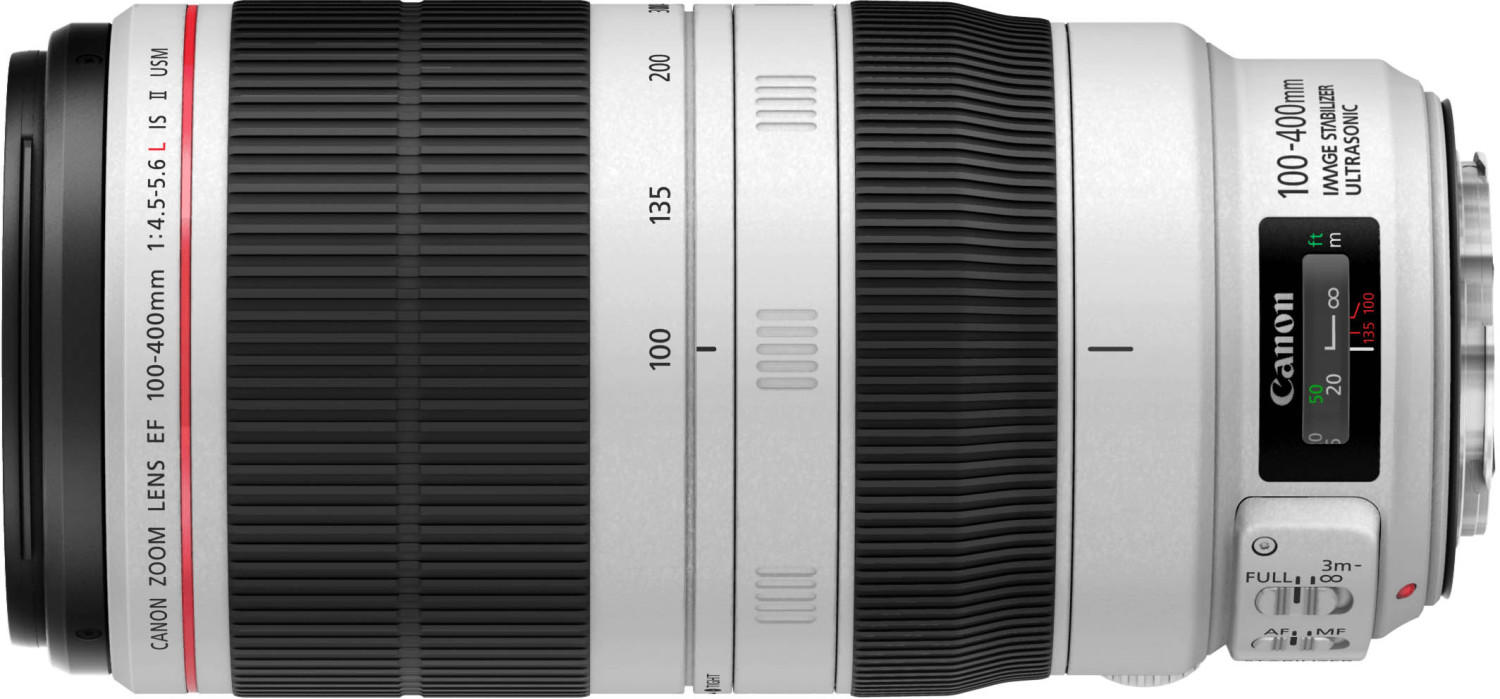
Bokeh quality
To achieve a desirable bokeh effect, look for lenses with a wide aperture, typically measured by their f-stop number. A lower f-stop, such as f/1.8 or f/1.4, allows more light to enter the lens, resulting in a shallow depth of field and creating a smoother, more pleasing bokeh. Excellent examples of lenses renowned for their outstanding bokeh quality include the Sigma 85mm f/1.4 DG HSM Art, Nikon AF-S NIKKOR 58mm f/1.4G, and Canon RF 50mm f/1.2L USM. These lenses all offer wide maximum apertures, producing beautifully blurred backgrounds while effectively isolating the main subject, whether for portraiture or capturing the delicate details of a subject standing out against a dreamy backdrop.
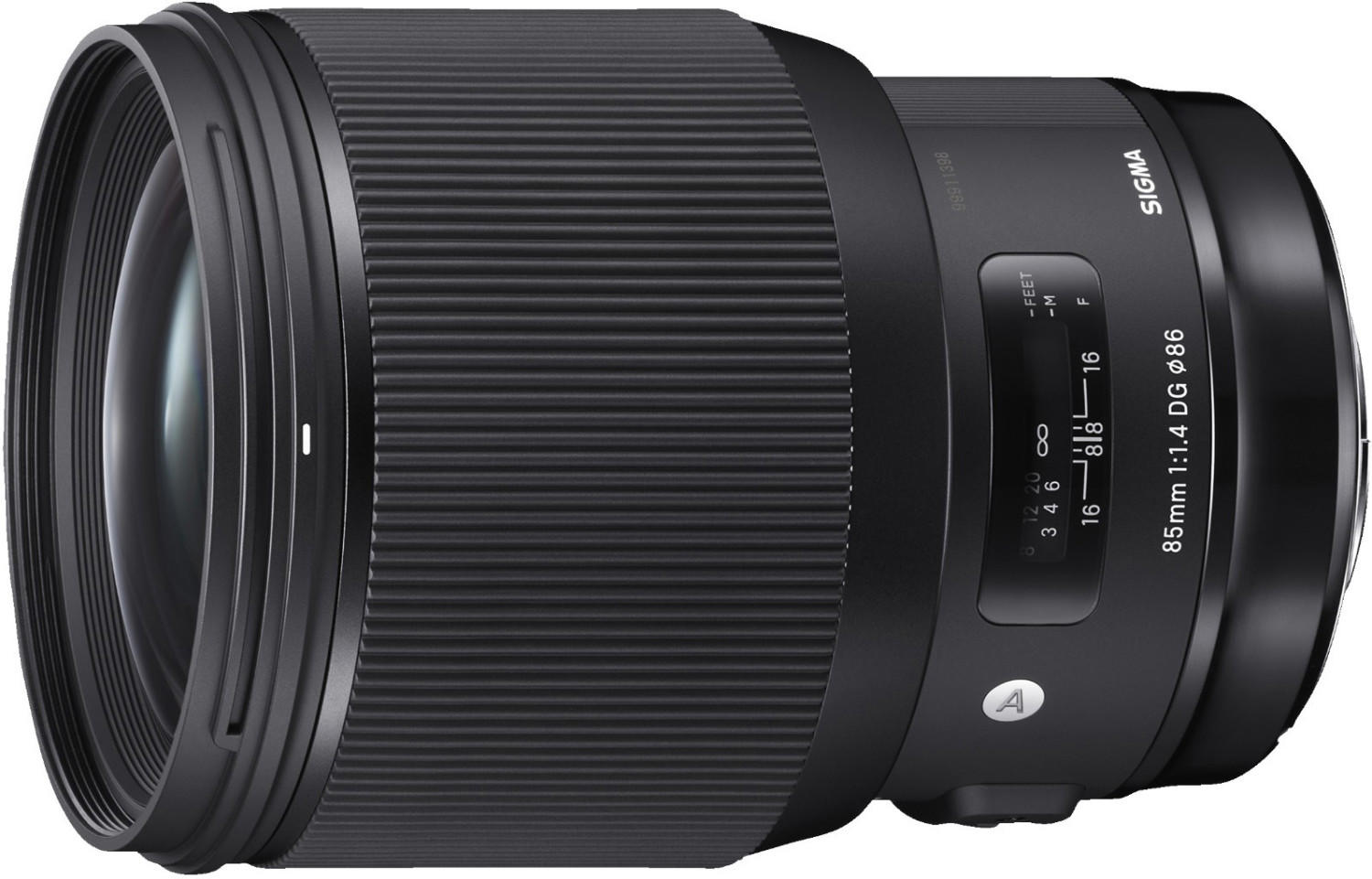
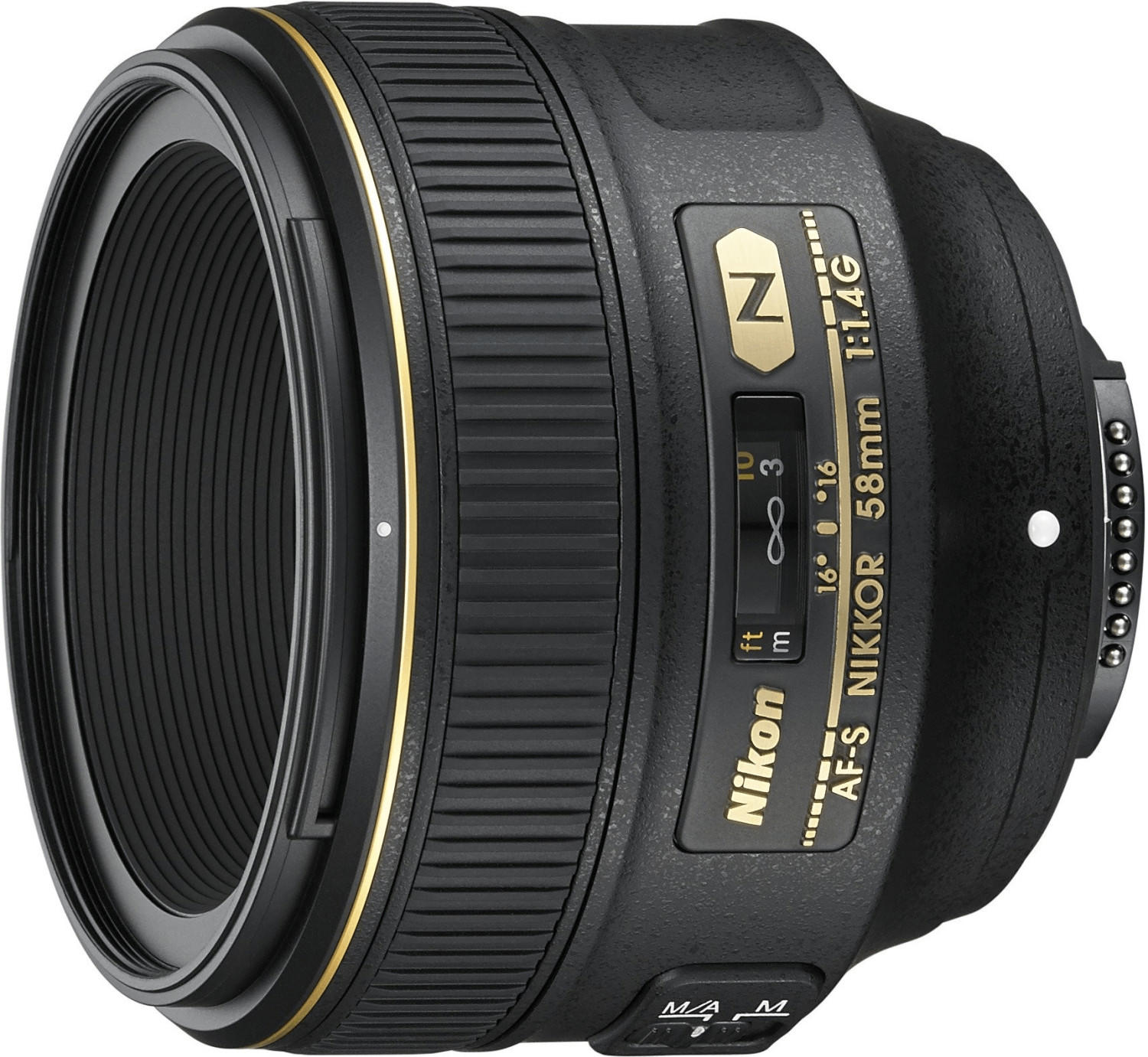

Depth of field control
This feature allows you to control the amount of focus in an image, giving you creative control over the background blur. Lenses with wider apertures, such as the Canon EF 50mm f/1.2L USM, are ideal for achieving shallow depth of field, allowing you to isolate your subject and create a beautiful bokeh effect. These lenses have a larger maximum aperture, which means they can gather more light, resulting in shallower depth of field and better performance in low-light conditions. Alternatively, lenses with smaller apertures, like the Nikon AF NIKKOR 50mm f/1.8D, are more suitable for capturing images with a larger depth of field, keeping both the subject and background in sharp focus. These lenses also tend to be more affordable and are a great starting point for beginners exploring depth of field control.o

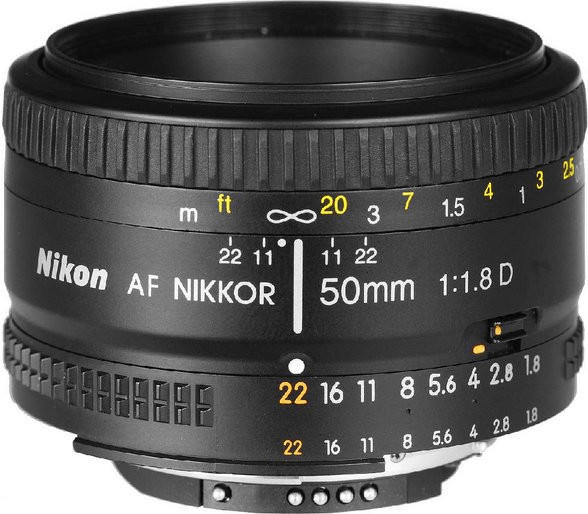
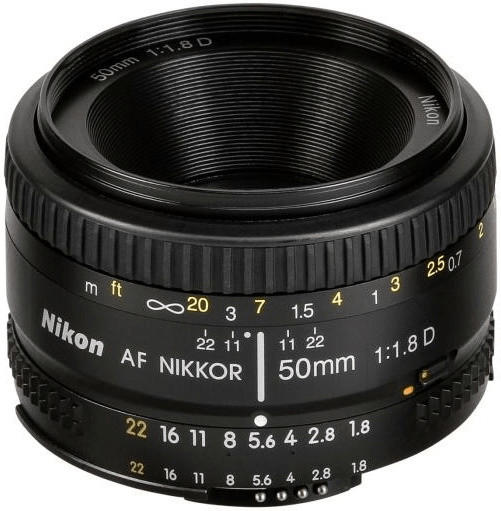
Low light performance
This determines how well your lens will perform in dimly lit environments, allowing you to capture clear and sharp images even in challenging lighting conditions. One lens that excels in low light performance is the Sigma 35mm f/1.4 DG HSM Art Lens. With its maximum aperture of f/1.4, this lens allows for excellent light transmission, resulting in impressive image quality even in low-light situations. Another great option is the Sony FE 24-70mm f/2.8 GM Lens. Equipped with a constant maximum aperture of f/2.8, this lens provides outstanding performance in low light, making it suitable for various photography genres, including portraits, landscapes, and events. Additionally, the Canon EF 50mm f/1.8 STM Lens offers exceptional bang for your buck with its wide f/1.8 aperture, delivering remarkable low light capabilities at an affordable price point.
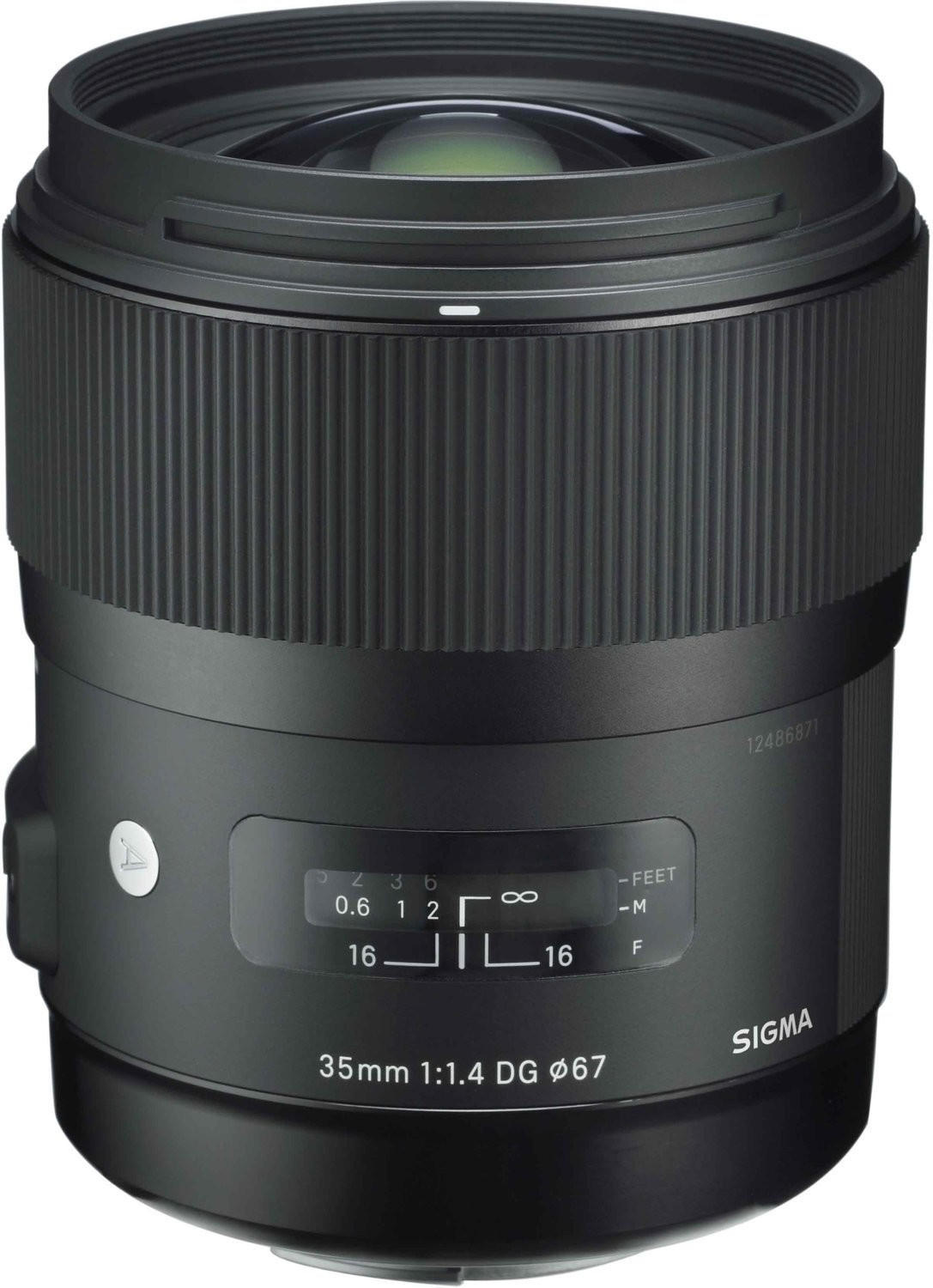


Lens speed (maximum aperture)
The maximum aperture determines the amount of light that can enter the lens, allowing for better low-light performance and the ability to achieve a shallower depth of field. Some popular camera lenses with impressive lens speed include the Sony FE 50mm f/1.4 GM, Canon EF 85mm f/1.2L II USM, and Nikon AF-S NIKKOR 50mm f/1.8G. These lenses have wide maximum apertures of f/1.4 and f/1.8, enabling photographers to capture stunning images even in dim lighting conditions and create beautiful bokeh effect. Such fast lenses also provide more flexibility and creative control, giving photographers the ability to freeze action or achieve a dreamy blurred background. When considering lens speed, these top-notch products should be on your radar for their excellent performance in low-light environments and their versatility in achieving various depth of field effects.
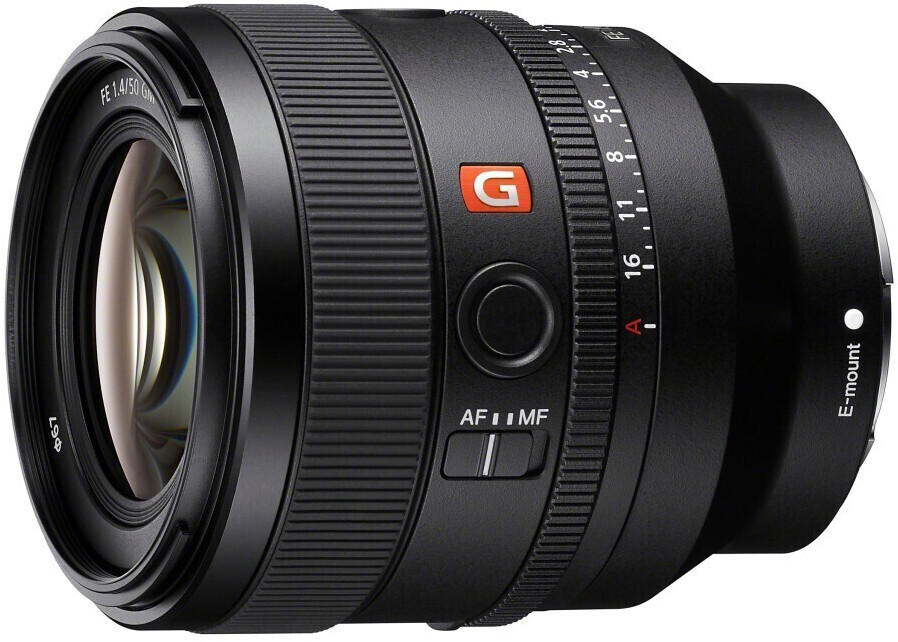
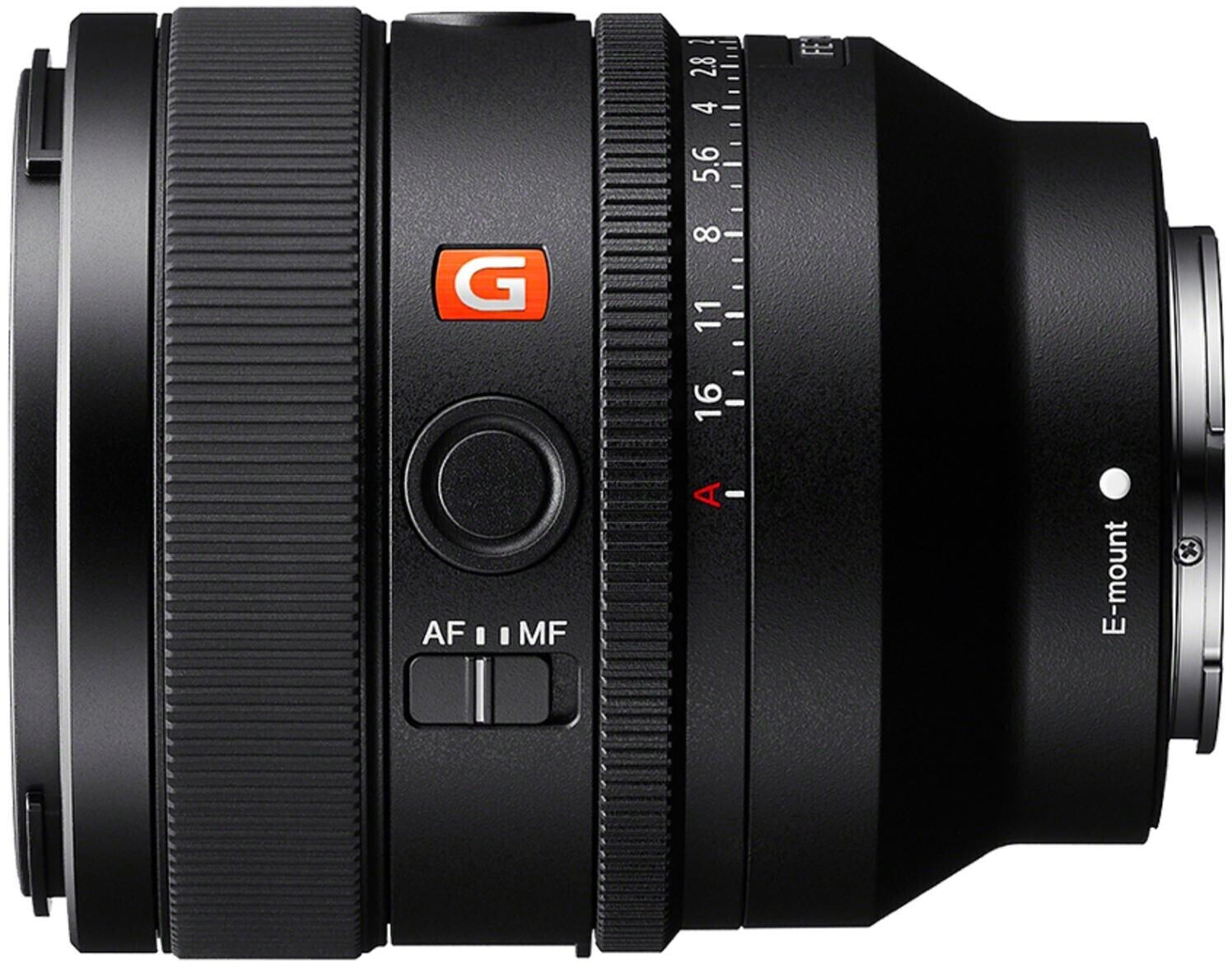
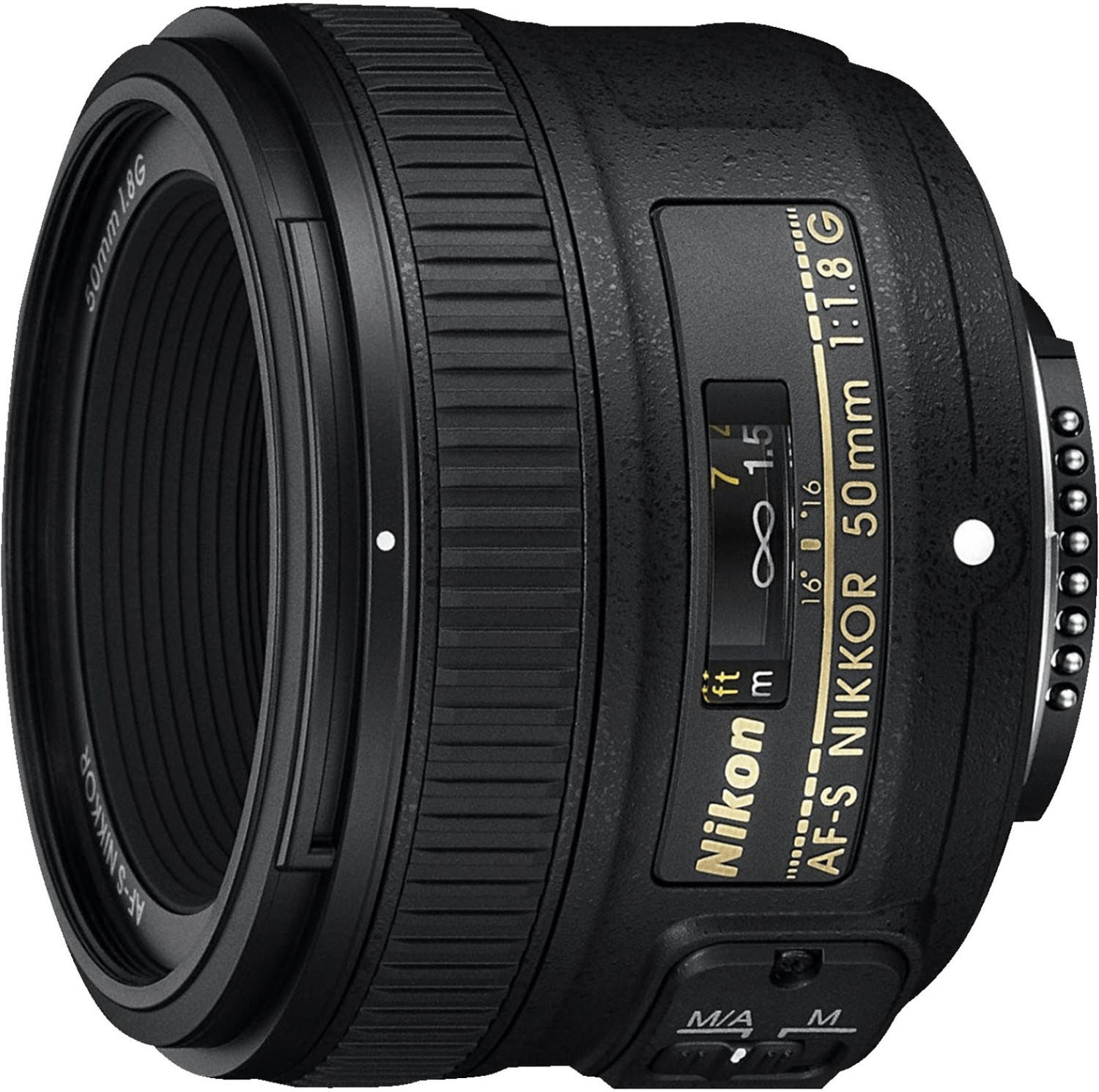

Lens sharpness
Sharpness defines the ability of a lens to accurately reproduce fine details in an image. This is particularly crucial for photographers looking to capture intricate details in landscapes, wildlife, or portraits.
For photographers seeking outstanding sharpness, prime lenses are often the go-to choice. These lenses have a fixed focal length, allowing for precise control and enhanced image quality. The Sigma 35mm f/1.4 DG HSM Art Lens is a fantastic option, known for its unmatched sharpness and exquisite detail rendition. With an exceptional resolution and minimized chromatic aberrations, this lens guarantees clear and crisp images. Another excellent choice is the Canon EF 85mm f/1.2L II USM Lens, renowned for its incredible sharpness and ability to capture lifelike images with stunning clarity. Its fast aperture also enables admirable background blur, making it ideal for portrait photography.

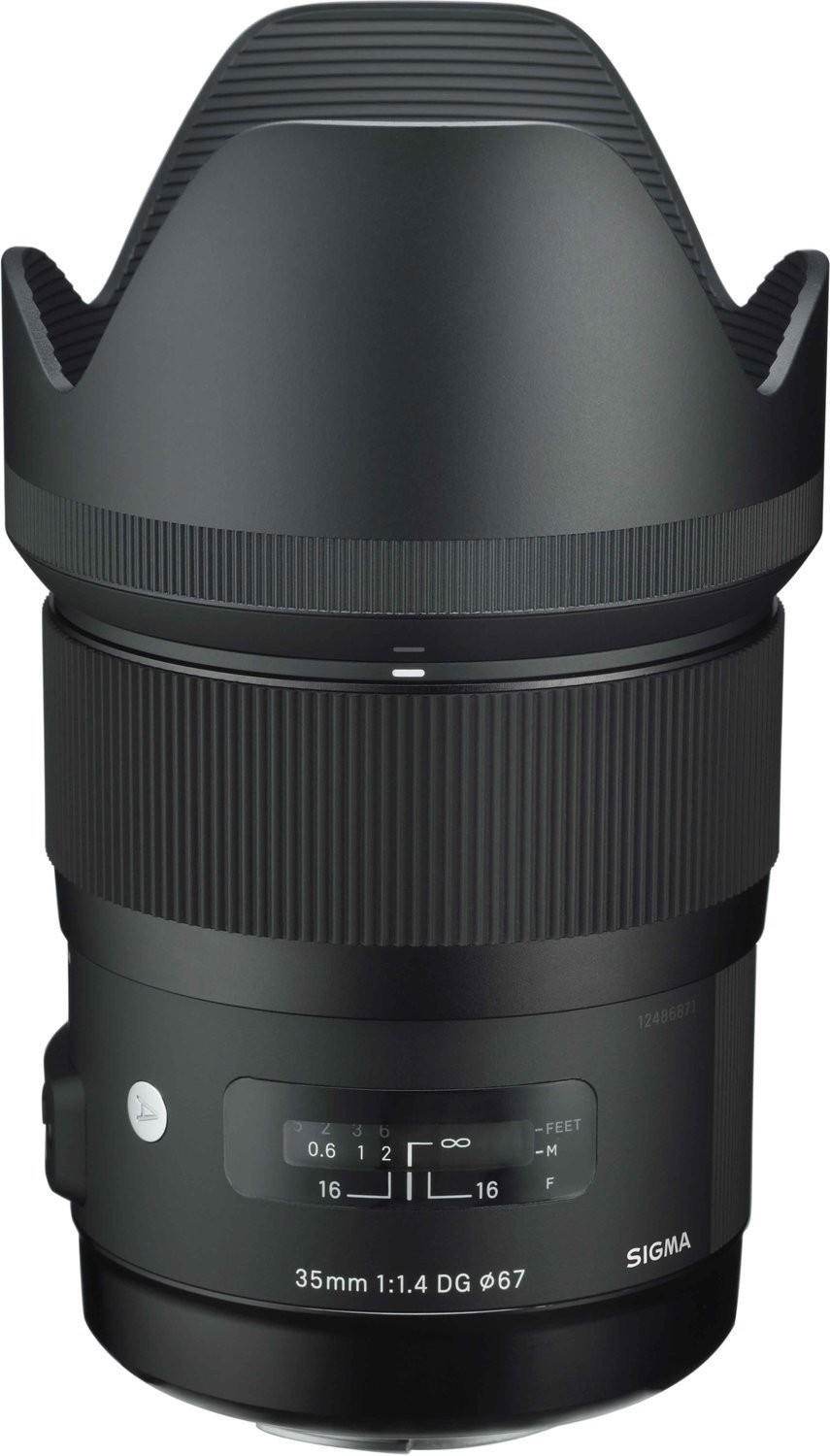
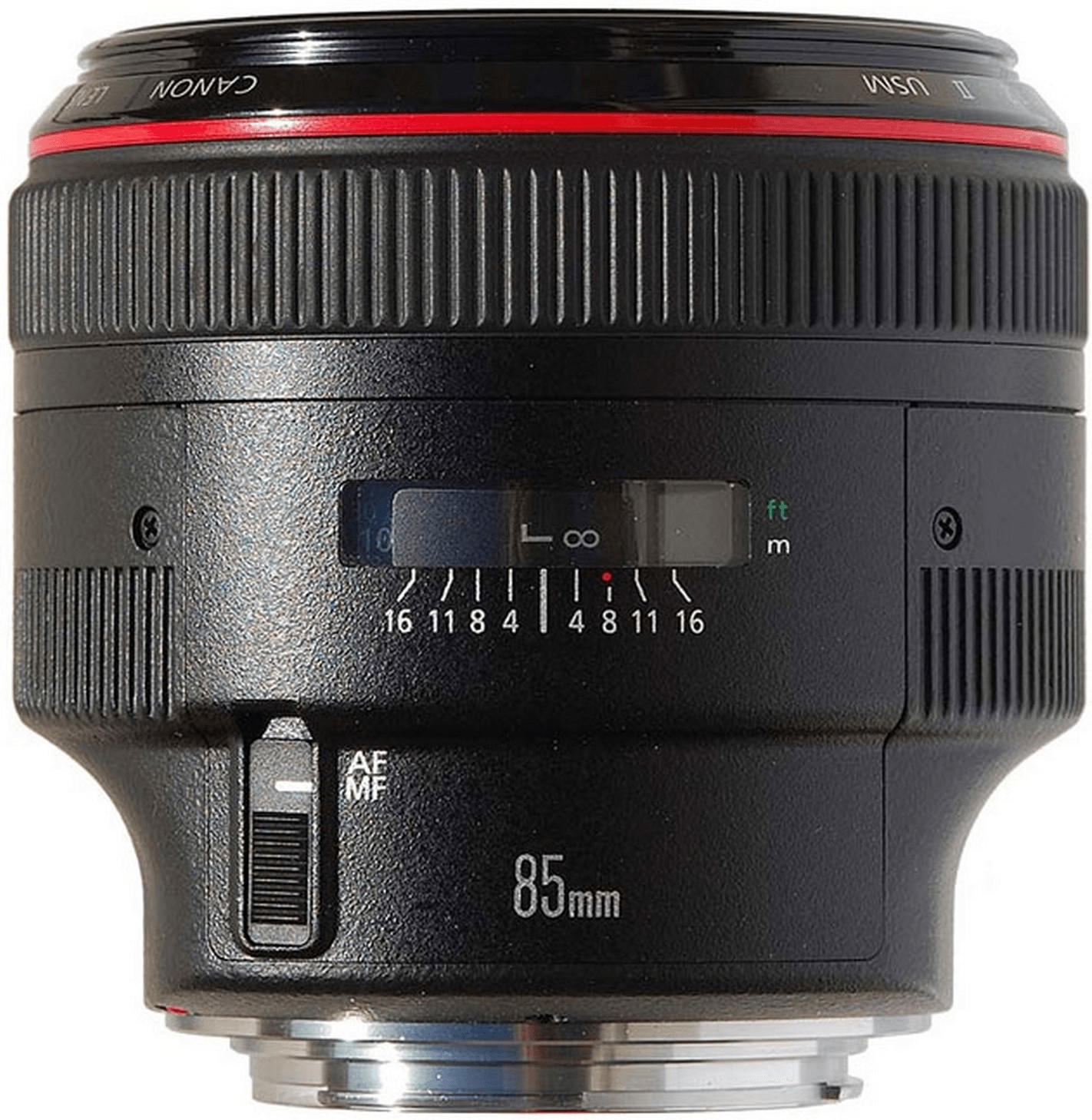
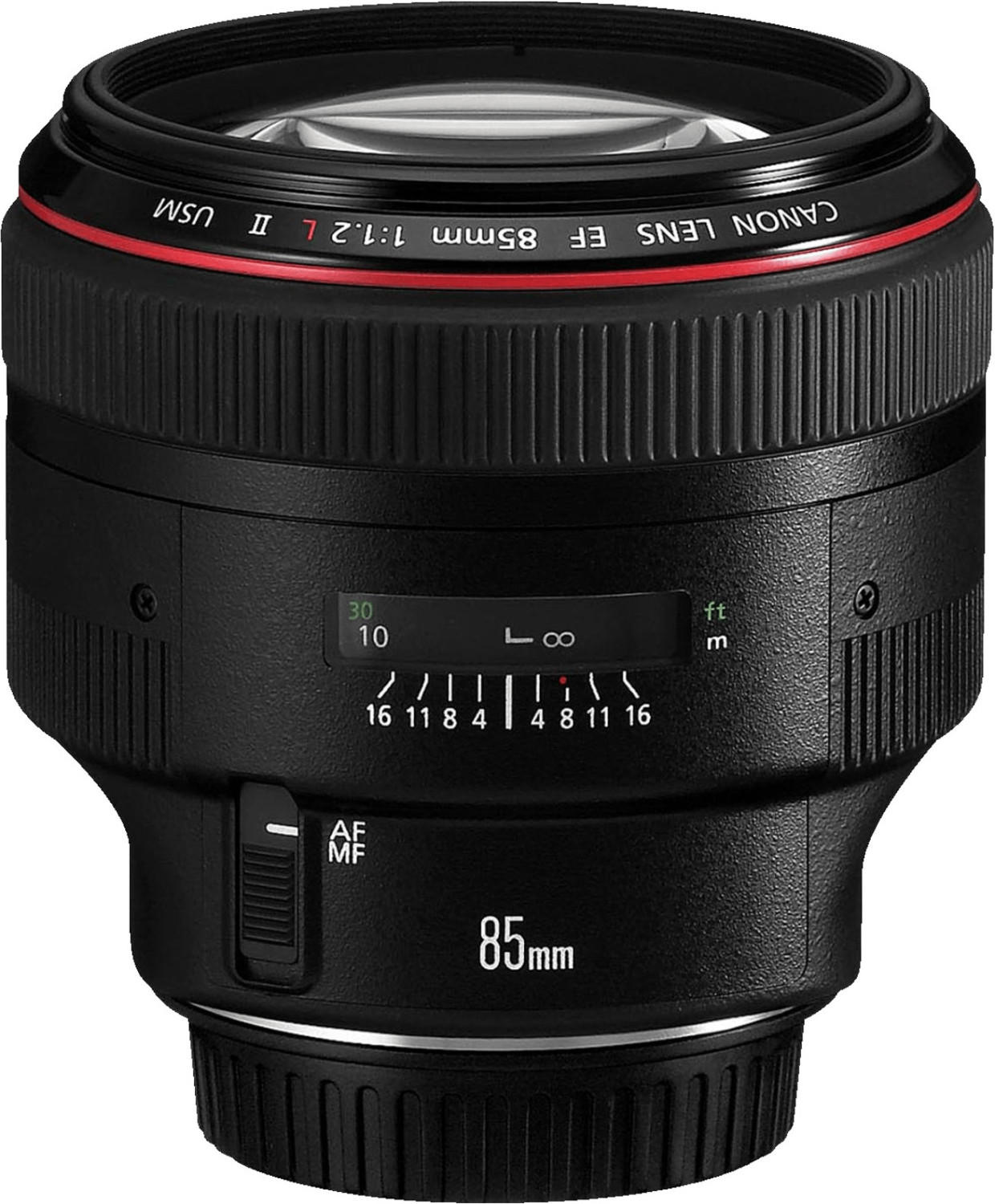
For zoom lenses, the Nikon AF-S NIKKOR 70-200mm f/2.8E FL ED VR Lens offers exceptional sharpness throughout its entire focal range. Equipped with advanced optics, this lens delivers excellent edge-to-edge sharpness, making it an ideal choice for sports and wildlife photography. Additionally, the Sony FE 24-70mm f/2.8 GM Lens is renowned for its superb detail rendering and outstanding resolution. It ensures impeccable sharpness across a range of focal lengths, making it a versatile choice for professional photographers.

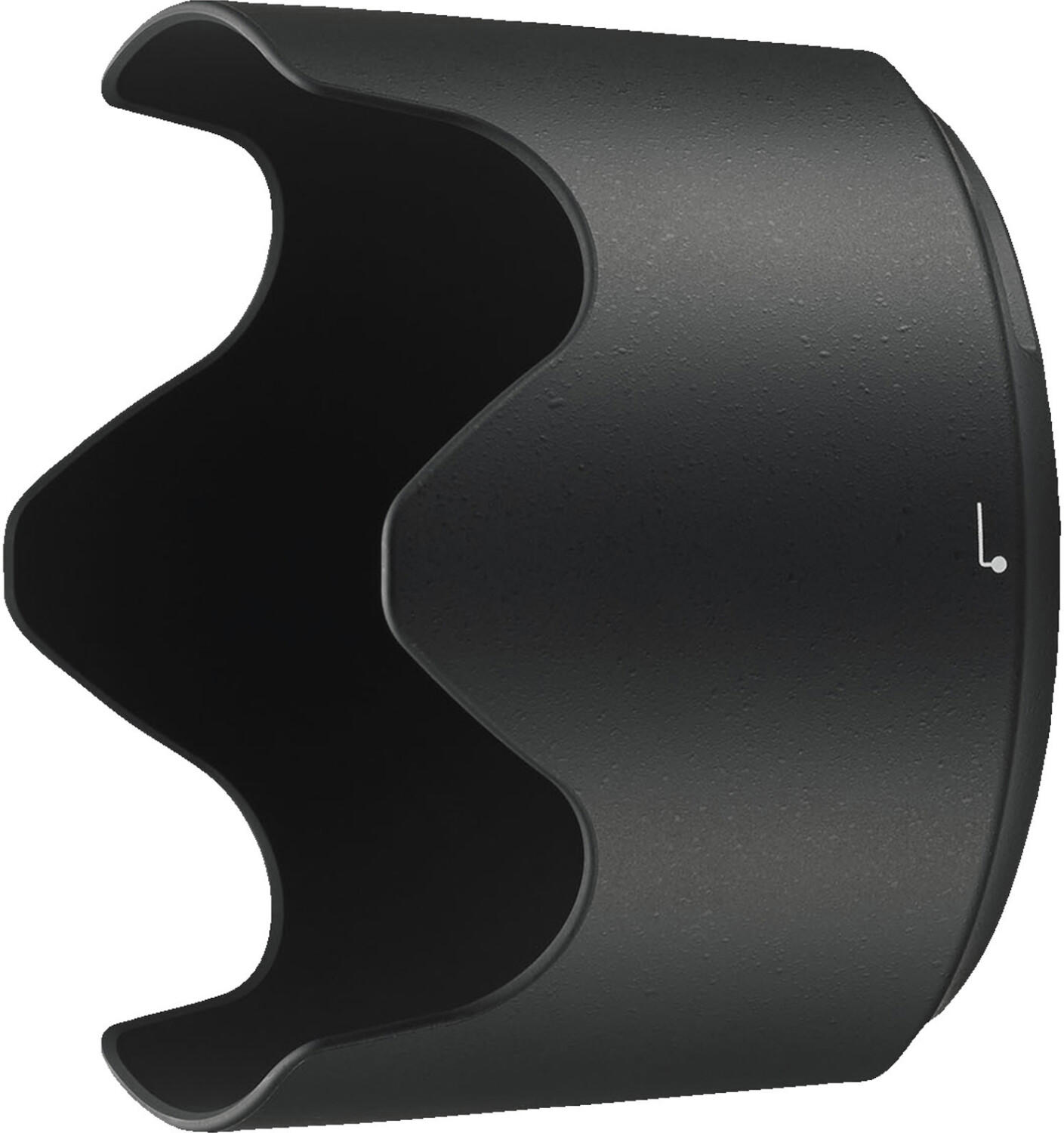


Weather sealing
Weather-sealed lenses are designed to handle outdoor conditions, ensuring protection against dust, moisture, and extreme temperatures. Opting for a weather-sealed lens gives you the versatility to shoot in various environments without worrying about potential damage. For instance, the Canon EF 24-70mm f/2.8L II USM lens features weather sealing, making it a suitable choice for photographers who often shoot in challenging weather conditions. Another option is the Nikon AF-S Nikkor 70-200mm f/2.8E FL ED VR, which not only delivers exceptional focal range but is also weather-sealed, ensuring optimal performance in unfavorable conditions. Whether you're photographing landscapes, wildlife, or sports events, investing in a weather-sealed lens like these examples can provide added durability and peace of mind.
Lens compatibility with camera brand/model
Not all lenses are compatible with all cameras, so it is crucial to ensure that the lens you are interested in works perfectly with your specific camera. For example, if you are using a Canon DSLR, you should look for lenses that are designed for Canon EF or EF-S mounts. Some excellent lenses in this category include the Canon EF 50mm f/1.8 STM Lens or the Canon EF-S 18-55mm f/3.5-5.6 IS STM Lens. Alternatively, if you are a Nikon user, lenses with F-mount support such as the Nikon AF-S DX NIKKOR 35mm f/1.8G Lens or the Nikon AF-P DX NIKKOR 18-55mm f/3.5-5.6G VR Lens would be suitable for your needs. Ensure that you check your camera's compatibility specifications and choose a lens that is designed to work seamlessly with your camera.


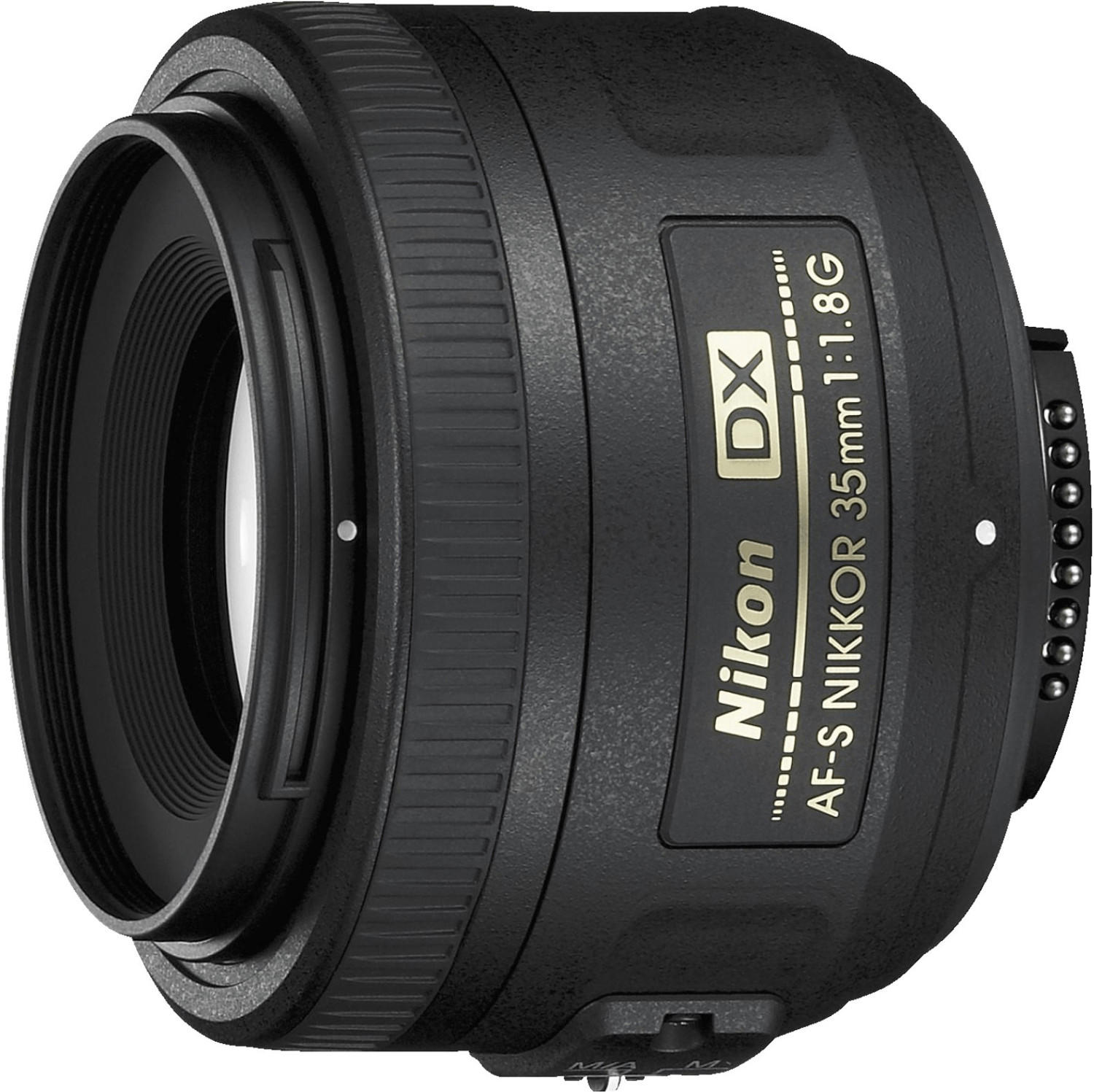

Close focusing distance
This refers to the shortest distance at which the lens can focus sharply on a subject. If you are interested in capturing close-up shots or focusing on small details, look for lenses with a short close focusing distance. A prime example of a lens with impressive close-up capability is the Canon EF 100mm f/2.8L Macro IS USM Lens. With a maximum magnification of 1:1, this exceptional macro lens allows you to focus as close as 11.8 inches, delivering stunning, highly detailed images of tiny subjects. Another great option is the Nikon AF-S VR Micro-NIKKOR 105mm f/2.8G IF-ED Lens, which offers a close focusing distance of 12.2 inches and features Nikon's Vibration Reduction image stabilization technology for better handheld shooting, even at close distances




Macro capability
Macro lenses allow you to capture minute details and magnify subjects up close, making them ideal for capturing close-up shots of insects, flowers, or any small objects. For photographers looking for superior macro performance, the Canon EF 100mm f/2.8L Macro IS USM Lens is a top choice. This lens offers a true 1:1 macro magnification ratio, ensuring true-to-life representation of tiny subjects. It also features Image Stabilization (IS) to minimize camera shake, enabling sharp and crisp macro shots even in challenging shooting conditions. Another impressive option is the Nikon AF-S VR Micro-Nikkor 105mm f/2.8G IF-ED Lens. This lens has a maximum reproduction ratio of 1:1, allowing you to capture intricate details in stunning clarity. Its Silent Wave Motor (SWM) ensures fast and quiet autofocus operation, while its Nano Crystal Coat effectively reduces ghosting and flare, resulting in high-quality macro imagery.



Tilt/shift functionality
These lenses allow for controlling perspective distortion and achieving unique creative effects. One highly recommended lens with tilt/shift capability is the Canon TS-E 24mm f/3.5L II. With a tilt range of +/- 8.5° and shift range of +/- 12mm, this lens has exceptional versatility. Another excellent option is the Nikon PC-E Nikkor 24mm f/3.5D ED. It offers a tilt range of +/- 8.5°, shift range of +/- 11.5mm, and the ability to rotate +/- 90°, providing photographers with extensive control over perspective and depth of field. Both lenses are superb choices for architectural, landscape, and product photography, offering precise correction of converging lines and enhanced creative possibilities.
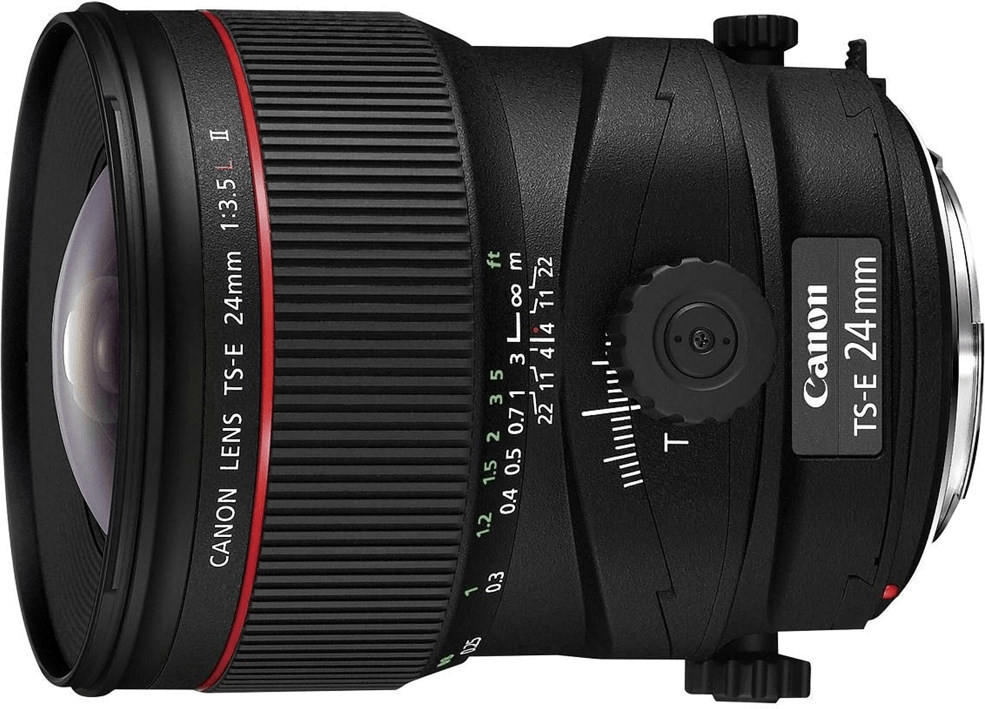
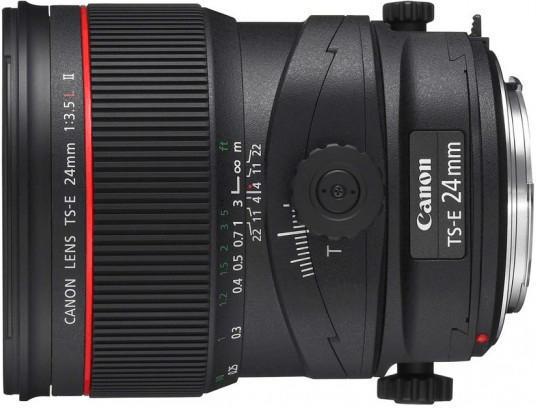
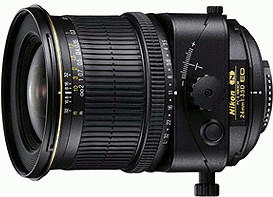
Vignette control
Some lenses have superior Vignette control, resulting in even illumination across the frame without any dark corners. For photographers interested in architectural or landscape photography, or anyone aiming for a uniform exposure, this factor becomes crucial. For those looking for outstanding Vignette control, Canon's EF 24-70mm f/2.8L II USM lens is highly recommended. This lens incorporates Super Spectra Coating and optimized lens placement to minimize Vignette and produces images with excellent edge-to-edge clarity. Another great option is the Nikon AF-S FX NIKKOR 24-70mm f/2.8G ED lens, which also features a Vignette control algorithm and multi-layer coating to reduce Vignetting to the absolute minimum.
Lens distortion correction
Lens distortion refers to the shape-distortion of objects that occurs when using certain lenses. To ensure accurate and realistic photos, it is essential to opt for lenses that have excellent distortion correction capabilities. For instance, the Tamron 17-28mm f/2.8 Di III RXD Lens for Sony E-mount cameras offers exceptional distortion correction throughout its zoom range. With low distortion and high sharpness, this lens provides accurate depiction of various subjects, making it ideal for landscape photography. Another example is the Nikon AF-S DX NIKKOR 35mm f/1.8G Lens which also features outstanding distortion control. This fixed focal length lens is specifically designed for Nikon DX-format cameras and provides superior image quality with minimal distortion, making it well-suited for both portraits and everyday photography.
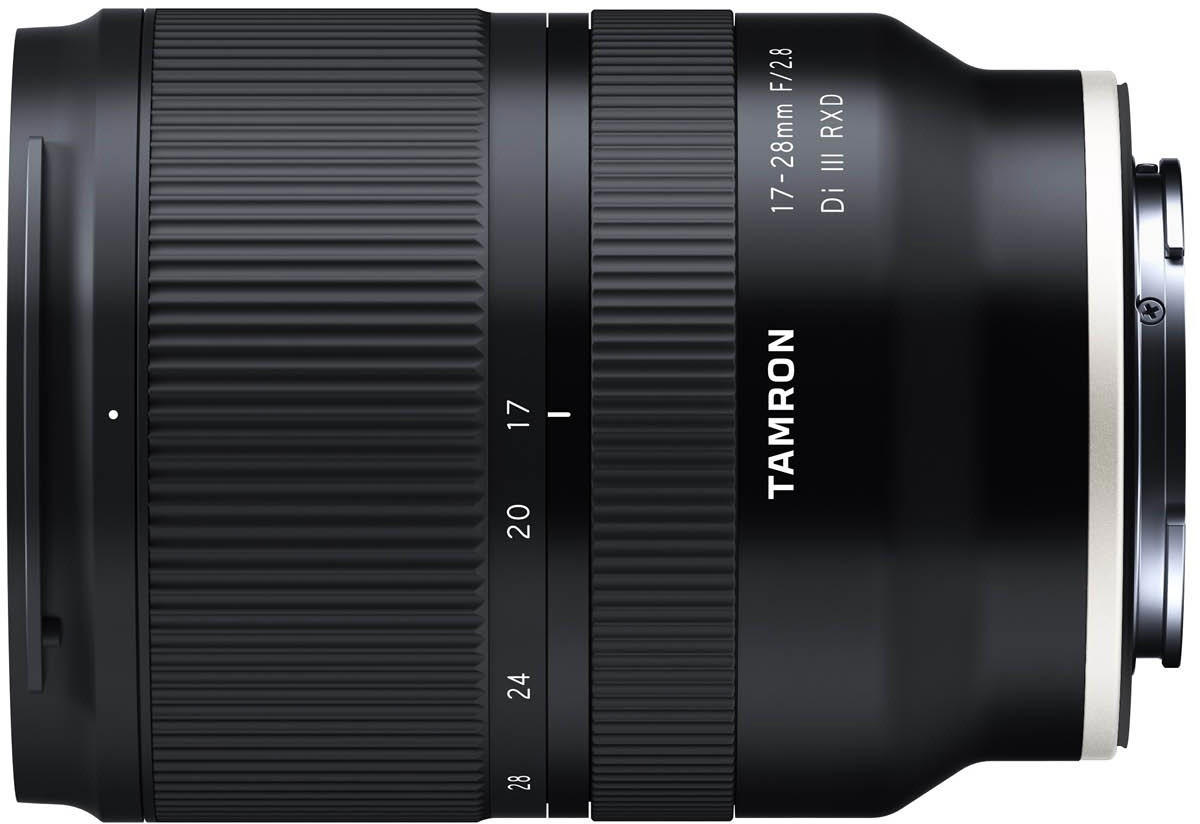
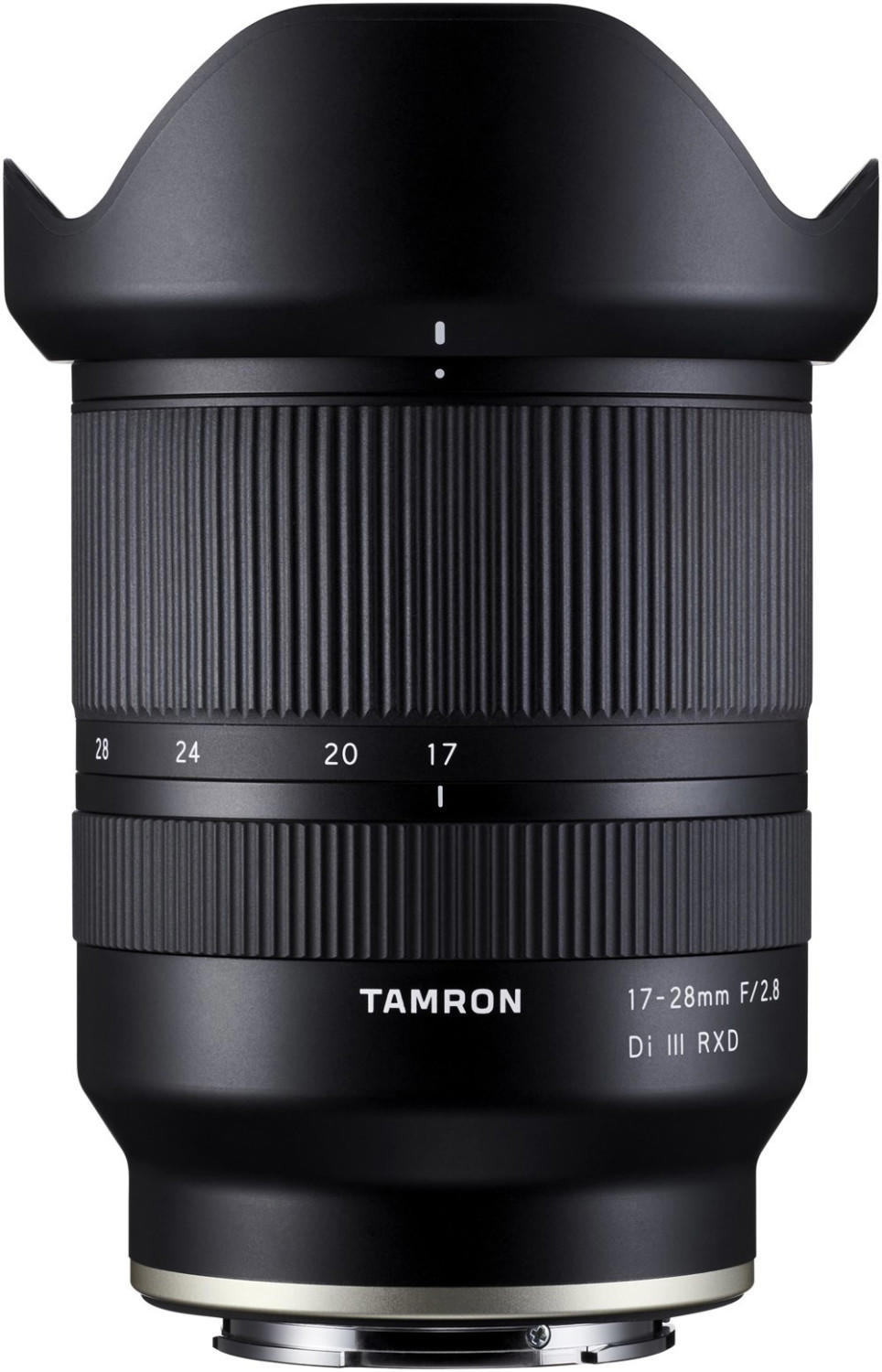

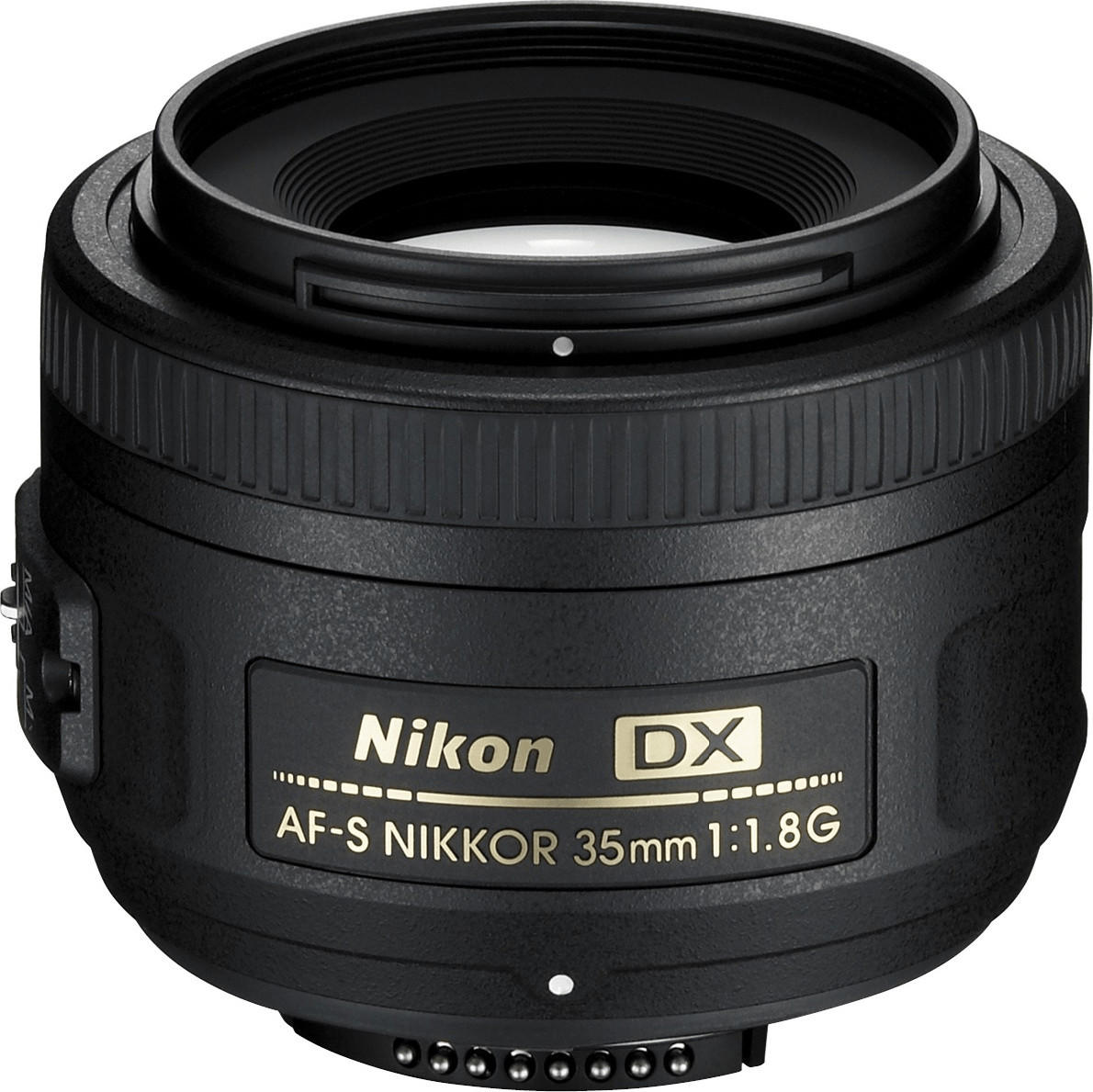
Lens flare prevention
Lens flare is a photographic phenomenon where unwanted bright spots or streaks of light appear in an image, often caused by light sources just outside the frame. To prevent lens flare, look for lenses with multi-coating or anti-reflective coatings on the glass elements. These coatings reduce the reflection and scattering of light, minimizing the chances of lens flare occurring. Some examples of lenses with excellent flare prevention capabilities are the Canon EF 24-70mm f/2.8L II USM and the Nikon AF-S NIKKOR 24-70mm f/2.8E ED VR. These lenses are designed with advanced coatings and optical construction to provide better flare control, delivering crisp and flare-free images.
Compatibility with lens hoods
A lens hood is an accessory that attaches to the front of the lens to block stray light from entering, thus preventing lens flares and improving image quality. While many lenses have their own specifically designed lens hood, compatibility can vary across different lens models and brands. It is crucial to ensure that the lens hood you choose matches the specific lens you own to achieve optimal performance.
Group A: Manufacturer-specific lens hoods
- Canon EW-63C Lens Hood: Designed to fit Canon EF-S 18-55mm f/3.5-5.6 IS STM lens, this lens hood effectively reduces lens flares and protects the lens from accidental bumps.
- Nikon HB-45 Lens Hood: Tailored for Nikon AF-S DX 18-55mm f/3.5-5.6G VR lens, this hood provides shade for your lens, enhancing image contrast and reducing ghosting effects.
Group B: Third-party lens hoods
- Tamron DA18 Lens Hood: Compatible with Tamron AF 18-200mm f/3.5-6.3 XR Di II lens, this economical lens hood helps maintain image quality by shielding unwanted light.
- Sigma LH850-03 Lens Hood: Designed for Sigma 18-300mm f/3.5-6.3 DC Macro OS HSM lens, this lens hood enhances clarity in photos by minimizing flare and ghosting.
Considering compatibility with lens hoods ensures proper utilization of their benefits, making them an important aspect to assess when selecting camera lenses.
Manual focus override
This feature allows photographers to manually adjust focus even when the lens is in autofocus mode. Not all lenses have this capability, so it is important to opt for lenses that offer this functionality. One noteworthy lens that provides manual focus override is the Canon EF 50mm f/1.4 USM. With a wide aperture of f/1.4, this lens allows for excellent low-light performance, making it ideal for portrait and street photography. It also features a powerful Ultrasonic Motor (USM) for quick and smooth autofocus, with the added benefit of manual focus override for precise control.
Additionally, the Sigma 70-200mm f/2.8 DG OS HSM Sports lens is another outstanding choice that offers manual focus override. This telephoto lens from Sigma is specifically designed for sports and wildlife photography. With a constant aperture of f/2.8 and an Optical Stabilizer system, this lens allows for sharp images even in challenging conditions. It features a Hyper Sonic Motor (HSM) for fast and accurate autofocus, coupled with manual focus override for fine-tuning focus when needed.
Silent or quiet autofocus operation
Some photographers prefer lenses with silent or quiet autofocus operation, especially for shooting in quiet environments, wildlife photography, or when capturing candid moments. To ensure a quiet autofocus, look for lenses that are equipped with ultrasonic-type autofocus motors, such as the Canon EF 100mm f/2.8L IS USM Macro Lens or the Nikon AF-S NIKKOR 70-200mm f/2.8E FL ED VR Lens. These lenses feature ultrasonic motors that provide fast and silent autofocus performance. Another option is lenses that employ stepping motors for their autofocus operation, which offer near-silent operation, such as the Sony FE 24-105mm F4 G OSS zoom lens or the Fujifilm XF 18-55mm f/2.8-4 R LM OIS lens. These lenses ensure quiet focusing while still delivering excellent image quality for your photography needs.




Lens firmware and lens upgradeability
The lens firmware plays a crucial role in providing optimal performance and compatibility with your camera. Upgradable firmware ensures that you can take advantage of the latest technology enhancements and fixes provided by the lens manufacturer, helping you to stay up-to-date and get the best results from your gear.
Some lenses on the market offer excellent firmware support and upgradeability. For example, the Sony FE 70-200mm f/2.8 GM OSS lens features a firmware update capability, allowing users to keep their lens firmware current and take advantage of any improvements released by Sony. Similarly, the Canon EF 24-70mm f/2.8L II USM lens also offers upgradable firmware, ensuring compatibility with the latest Canon DSLR cameras and delivering optimal performance. These lenses, along with others like the Nikon AF-S NIKKOR 70-200mm f/2.8E FL ED VR and Tamron SP 24-70mm f/2.8 Di VC USD G2, demonstrate the importance of lens firmware and provide options for photographers looking to invest in lenses that offer firmware support and upgradability.
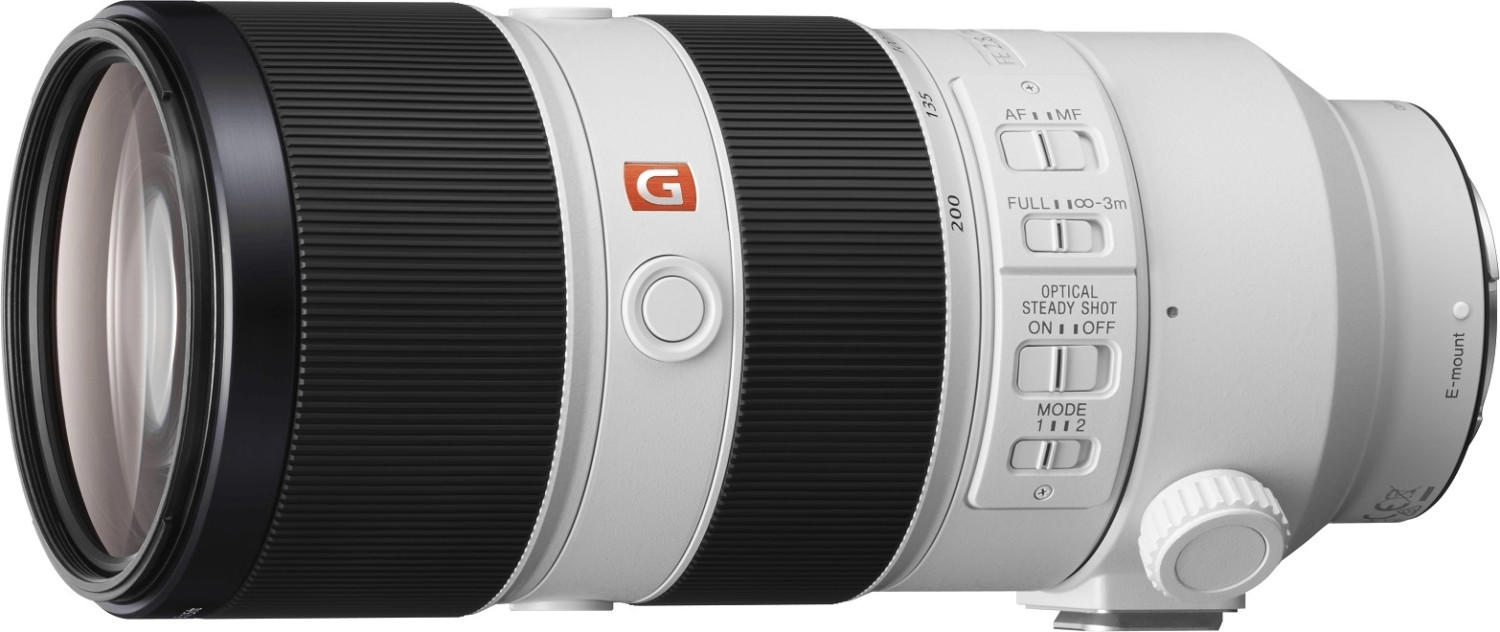

Use for professional photography
When it comes to professional photography, selecting the right camera lens is crucial for capturing the highest quality images. One popular lens choice among professionals is the Canon EF 24-70mm f/2.8L II USM Lens. It is well-suited for a wide range of photography genres, including portraiture, documentary, and event coverage. This lens offers a versatile zoom range, allowing photographers to seamlessly adjust focal lengths between 24mm and 70mm, making it great for both wide-angle and standard shots. Furthermore, its fast maximum aperture of f/2.8 ensures excellent performance in various lighting conditions and allows for stunning depth-of-field effects. Another notable lens that caters to professional photographers is the Nikon AF-S NIKKOR 70-200mm f/2.8E FL ED VR Lens. This lens boasts high-quality optics and image stabilization, allowing for impeccably sharp images with minimized distortion. Its long focal length range is particularly useful in capturing sports, wildlife, and action photography, providing sufficient reach for distant subjects while still maintaining exceptional image quality.

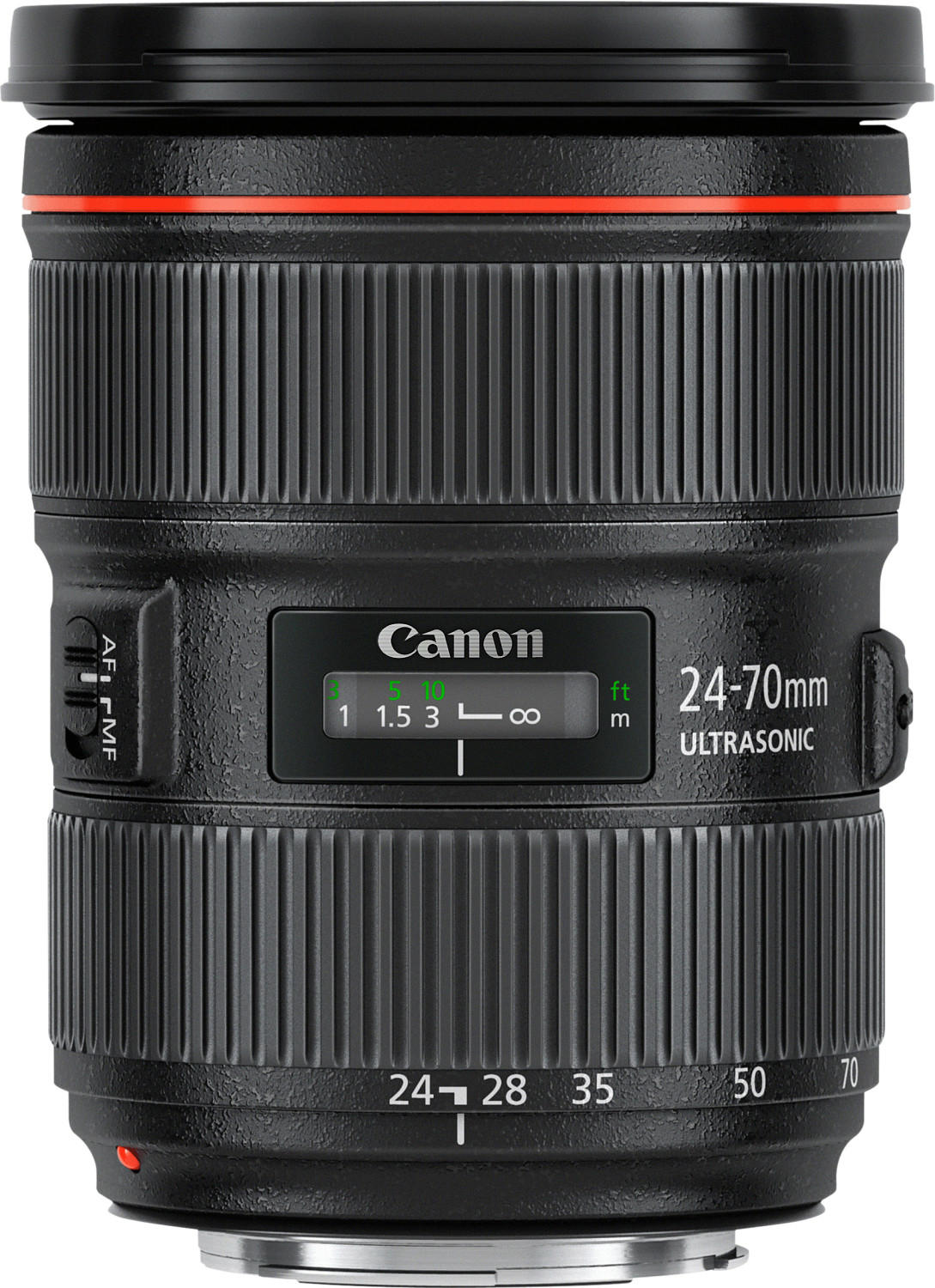


Use for landscape photography
One of the key aspects to look for is a wide-angle focal length, typically ranging from 10mm to 35mm. Wide-angle lenses allow you to capture expansive vistas and include more of the scene in your frame. One great example of a lens suitable for landscape photography is the Canon EF 16-35mm f/4L IS USM Lens. It provides excellent image quality, versatile focal range, and features image stabilization to minimize camera shake, particularly useful when shooting handheld in low-light conditions. Another option is the Nikon AF-P DX NIKKOR 10-20mm f/4.5-5.6G VR Lens, which offers a wider field of view, making it ideal for capturing vast landscapes or tight spaces. Its compact size, light weight, and built-in vibration reduction technology enhance its usability in outdoor environments. Ultimately, finding the right lens for landscape photography boils down to personal preferences and shooting style.
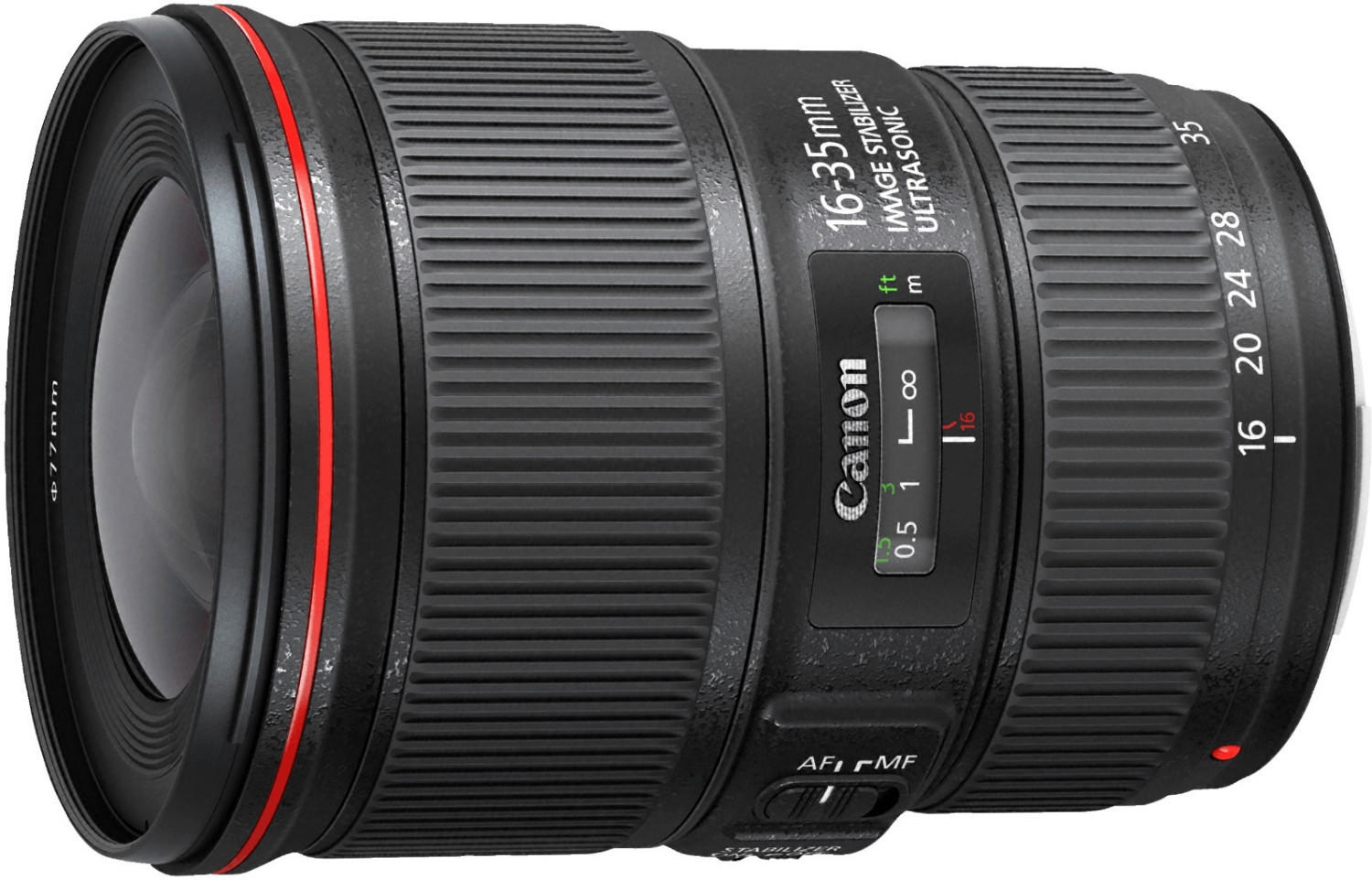
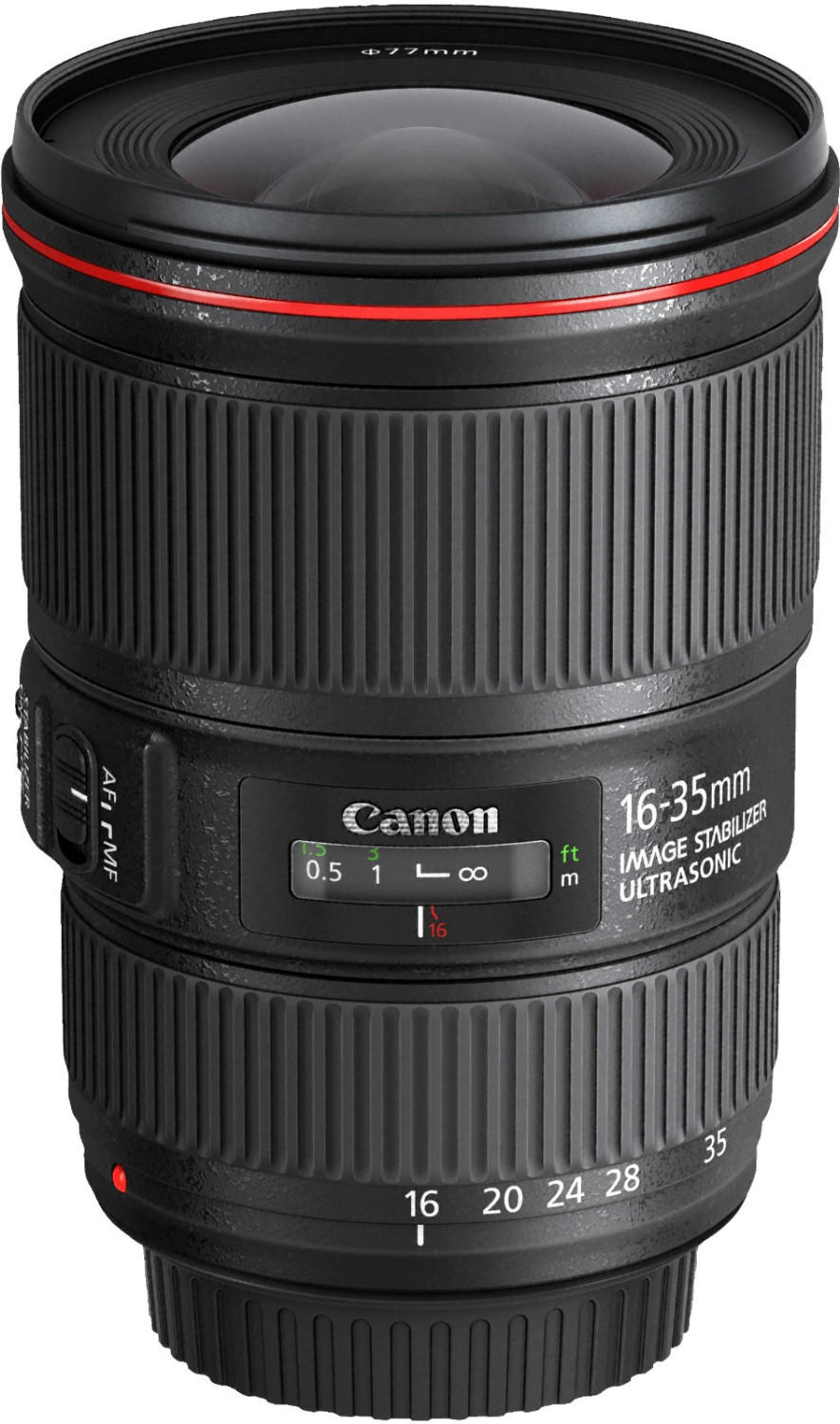
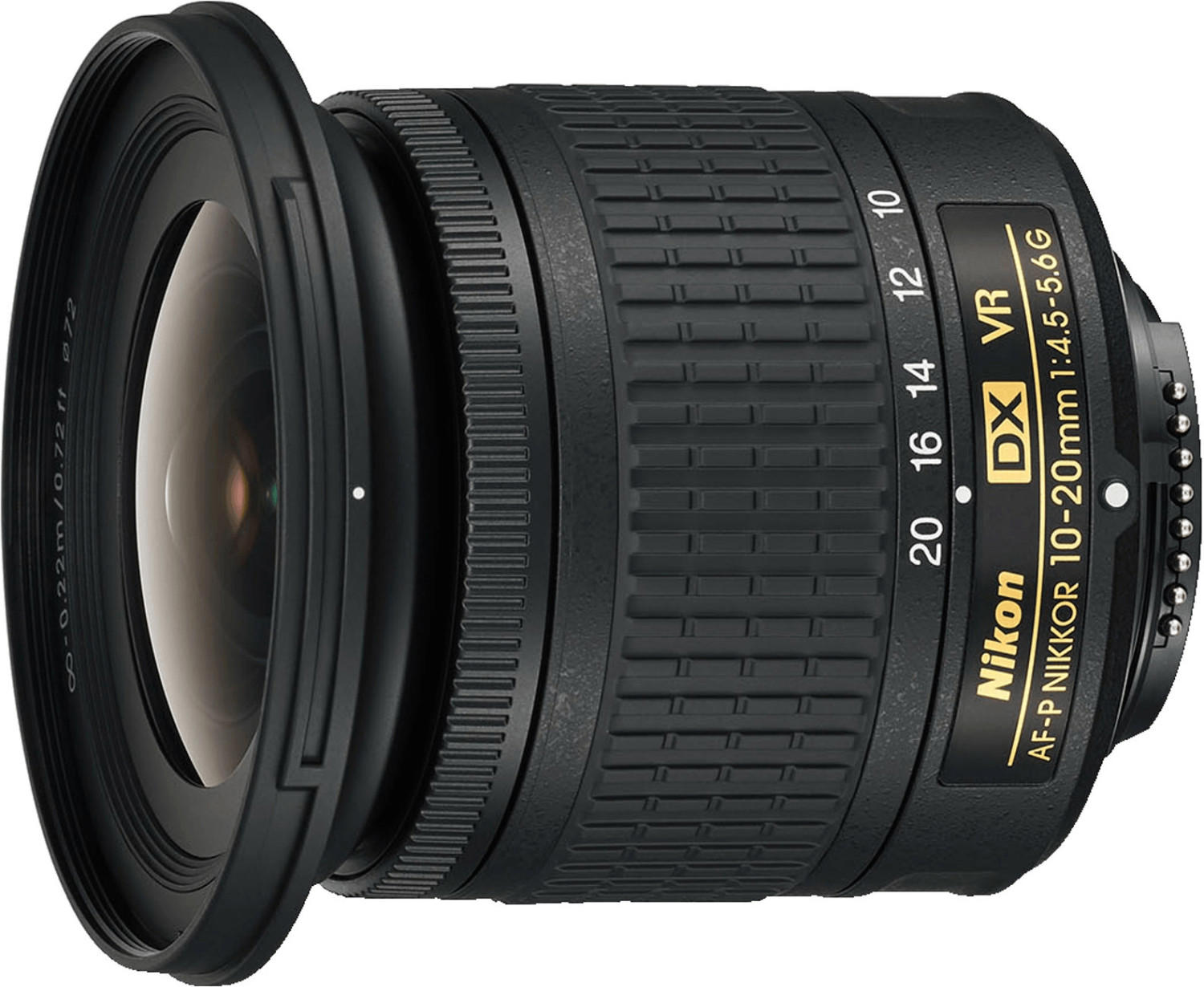

Use for portrait photography
One important consideration is the focal length of the lens. In general, a lens with a focal length between 50mm and 85mm works best for portrait photography as it allows for a comfortable distance between the subject and the photographer. Two great options in this range are the Canon EF 50mm f/1.8 STM Lens and the Nikon AF-S NIKKOR 85mm f/1.8G Lens. Both lenses have wide maximum apertures of f/1.8, allowing for excellent background blur (also referred to as bokeh) and the ability to shoot in lowlight conditions. The 50mm lens offers a versatile perspective, while the 85mm lens offers a slightly more compressed and flattering look for facial features.



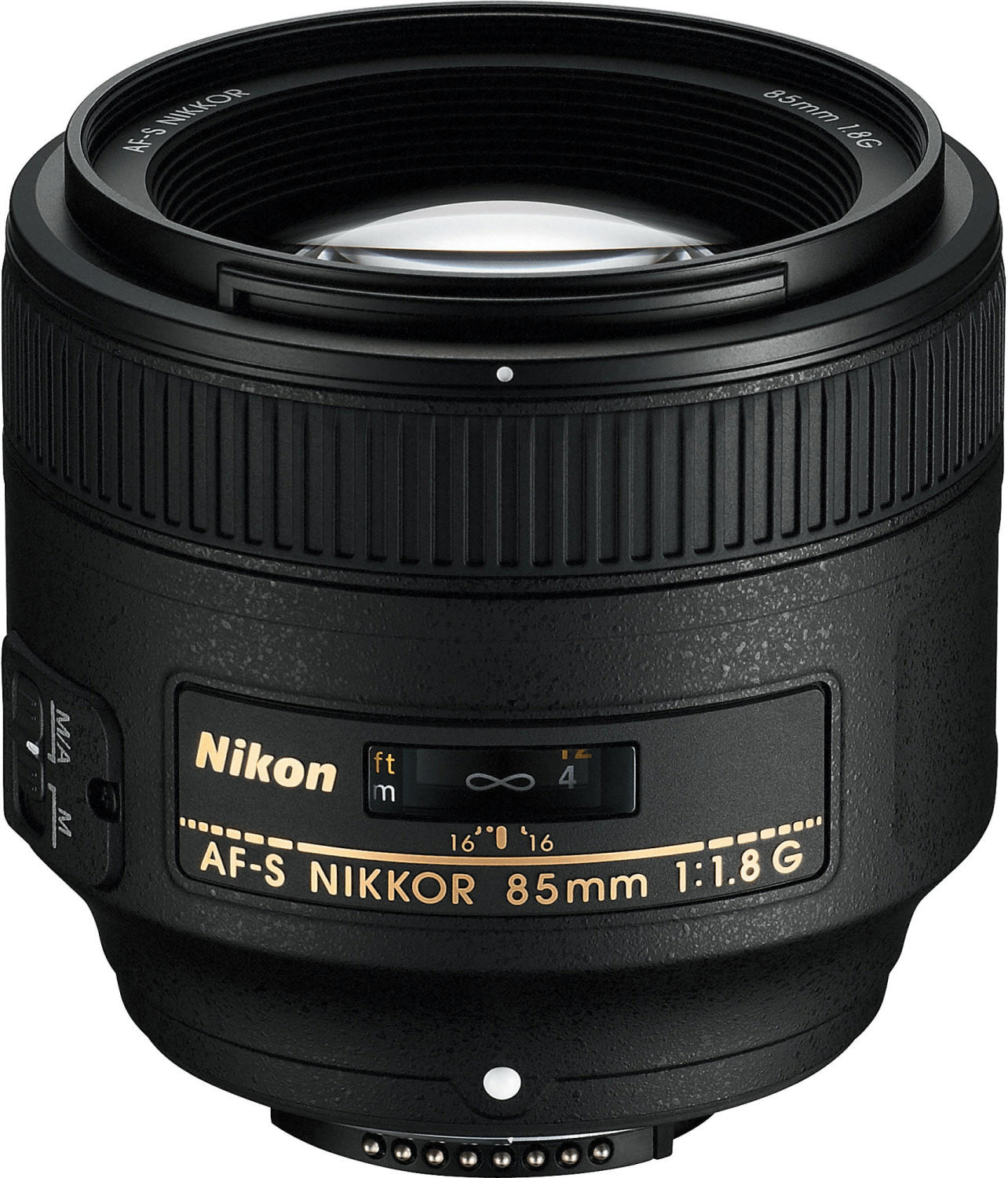
Use for wildlife/sports photography
When it comes to wildlife and sports photography, the right camera lens can make all the difference in capturing those fast-moving subjects from a distance. For wildlife photography, a telephoto lens with a long focal length is typically desired to bring distant subjects closer. The Canon EF 400mm f/2.8L IS III USM is a top choice in this category, offering an impressive focal length of 400mm and a wide maximum aperture of f/2.8, allowing for crisp, well-lit images even in challenging lighting conditions. Similarly, for sports photography where capturing fast-paced action is essential, a lens with a quick autofocus system and a high burst rate is important. The Nikon AF-S NIKKOR 70-200mm f/2.8E FL ED VR is a versatile lens with a zoom range of 70-200mm, ensuring flexibility and the ability to capture close-up shots when needed.
For those on a tighter budget, there are also options available that provide good performance at a more affordable price. The Tamron SP 150-600mm f/5-6.3 Di VC USD G2 is a popular choice among wildlife photographers looking for long reach without breaking the bank. It offers a focal length range of 150-600mm, allowing for close-up shots even when photographing subjects from a distance. Meanwhile, the Sigma 100-400mm f/5-6.3 DG OS HSM Contemporary lens provides a good balance between performance and cost, featuring a focal length range of 100-400mm and optical stabilization for sharp images. Whether capturing wildlife or sports events, these lens options provide the necessary focal length and technical features to excel in these specialized fields of photography.

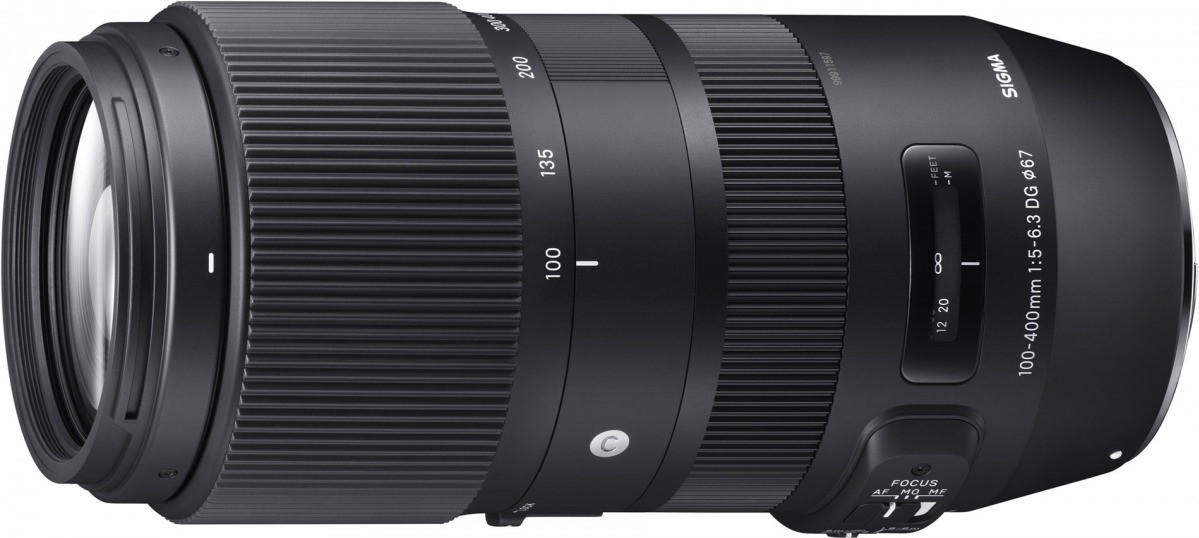
Use for macro/close-up photography
If you are interested in capturing highly detailed close-up shots, a dedicated macro lens is the way to go. These lenses typically offer a 1:1 magnification ratio, allowing you to capture subjects at their life-size dimensions.
One excellent option is the Canon EF 100mm f/2.8L Macro IS USM Lens. This lens not only provides exceptional sharpness and clarity but also features a Hybrid Image Stabilization system, which minimizes camera shake during handheld shooting, ensuring sharp images even at slower shutter speeds. Another top choice is the Nikon AF-S VR Micro-NIKKOR 105mm f/2.8G IF-ED Lens, a professional-grade macro lens that offers a maximum 1:1 reproduction ratio, allowing for stunning close-up images. Additionally, it features Nikon's Silent Wave Motor technology for fast and quiet autofocus performance. Both these lenses are specifically designed for macro photography, providing superior image quality and exceptional focus and capture macros and close-ups with precision.




Price
Camera lenses can range in price from budget-friendly options to high-end and professional-grade lenses. For those on a tight budget, there are affordable options that still offer excellent image quality. The Canon EF 50mm f/1.8 STM Lens is a popular choice among beginners and photography enthusiasts due to its affordable price and versatile focal length. Similarly, the Nikon AF-S DX NIKKOR 35mm f/1.8G Lens is a budget-friendly option for Nikon DSLR users, offering a wider angle of view and fast aperture. For those looking to invest a bit more, mid-range lenses such as the Tamron 24-70mm f/2.8 G2, which provides a versatile zoom range and high-quality optics, are available. Professionals may consider high-end lenses like the Canon EF 70-200mm f/2.8L IS III USM Lens, known for its exceptional image quality and performance. Ultimately, the price of a camera lens depends on the individual's budget and the desired quality and features.




Variety of brands
Each brand has its own strengths and weaknesses, and understanding these can help you make an informed decision.
Some popular camera lens brands include Canon, Nikon, and Sony. Canon lenses are well-known for their exceptional quality and wide range of options. They offer lenses for both professionals and beginners, with superb image stabilization and fast autofocus capabilities. Nikon, on the other hand, stands out for its impressive sharpness and durability. Their lenses are known for their outstanding image quality and weather-sealing, making them an excellent choice for adventurous photographers. Sony lenses have gained popularity in recent years due to their innovative technology and lightweight design. They offer high-resolution lenses with excellent autofocus performance, making them ideal for professionals looking for versatility.
In terms of specific lenses, some notable examples from these brands are the Canon EF 24-70mm f/2.8L II USM, which is highly versatile and offers sharp image quality for portrait and landscape photography, the Nikon 50mm f/1.8G, renowned for its affordability and superior low-light performance, and the Sony FE 70-200mm f/2.8 GM OSS, a premium telephoto zoom lens that delivers outstanding image clarity and beautiful bokeh.


It's important to do further research on specific lens models, comparing features such as focal length range, maximum aperture, lens construction, and image stabilization before making a final decision.